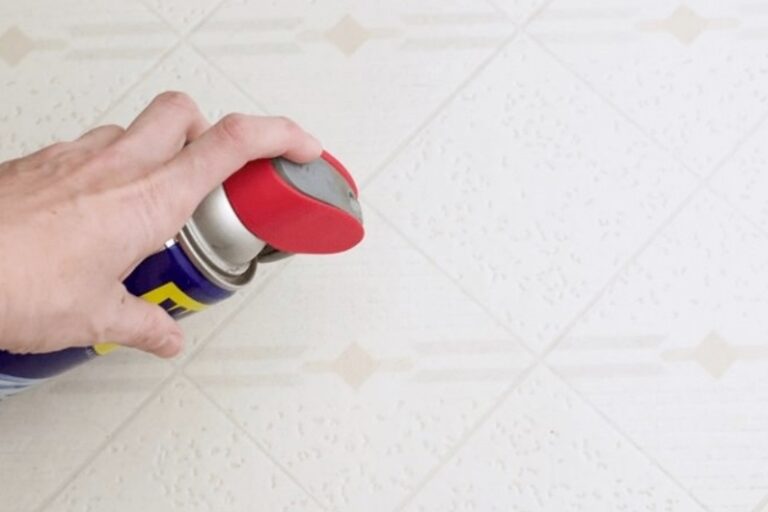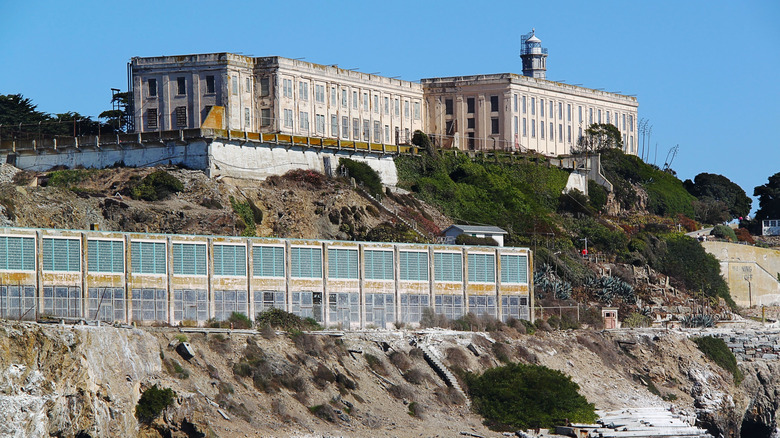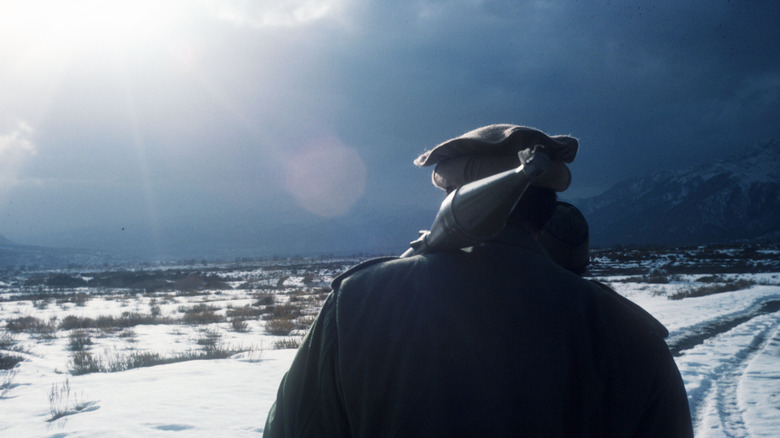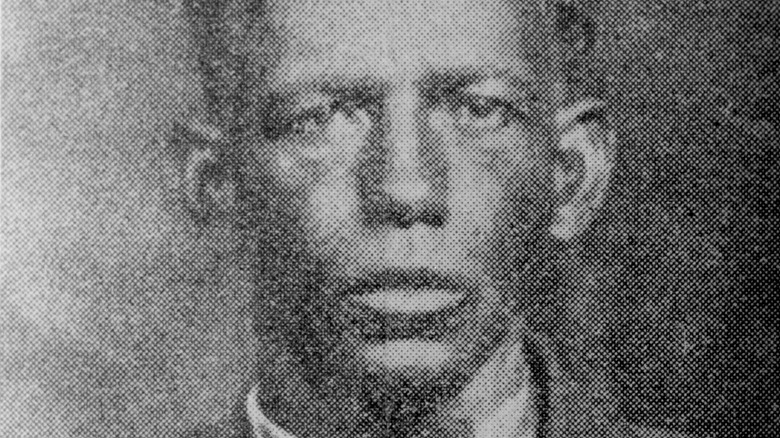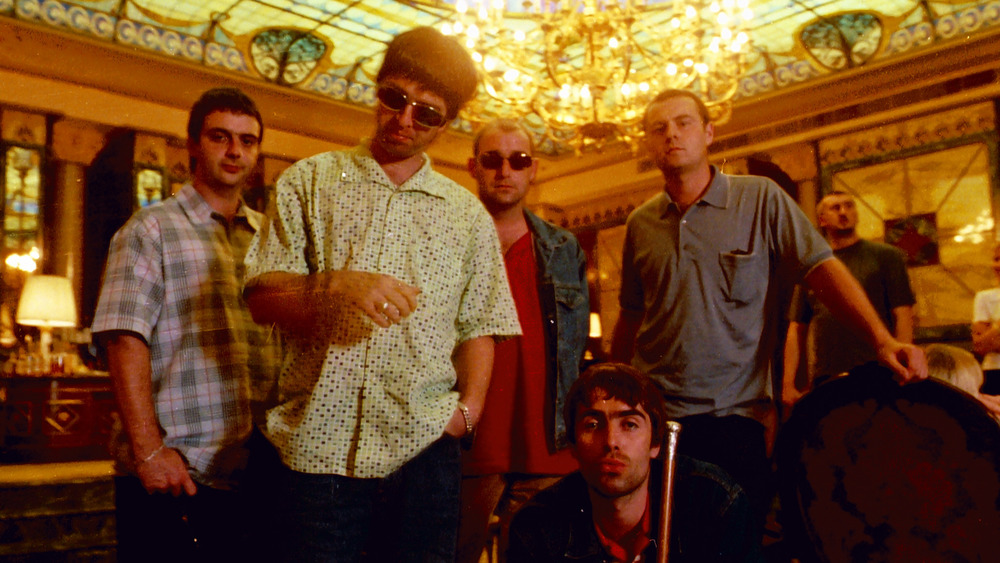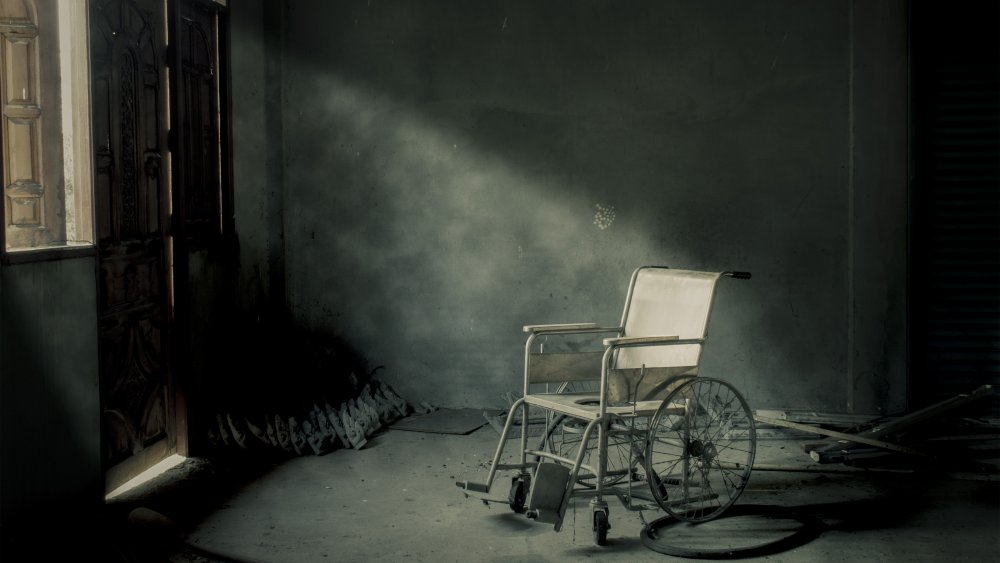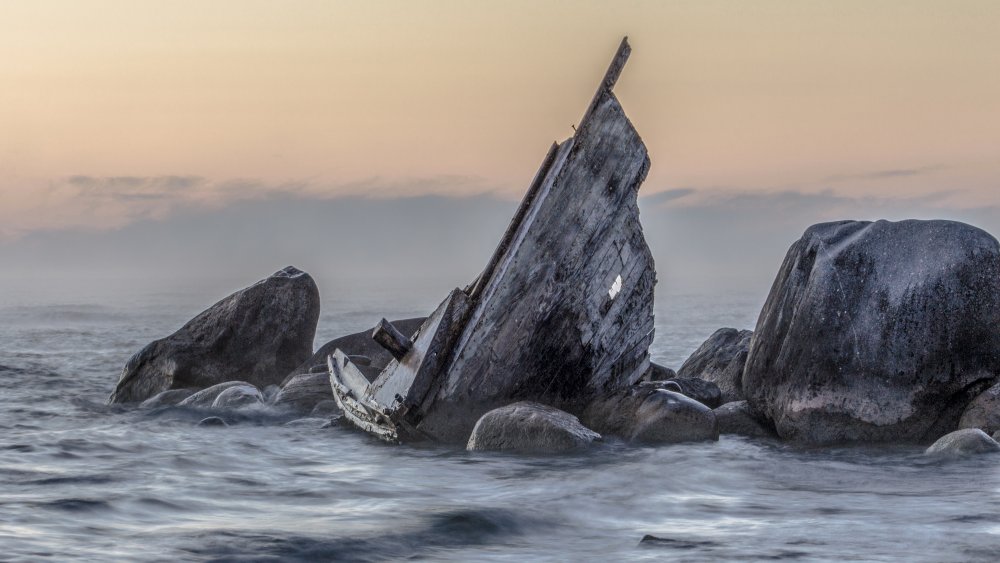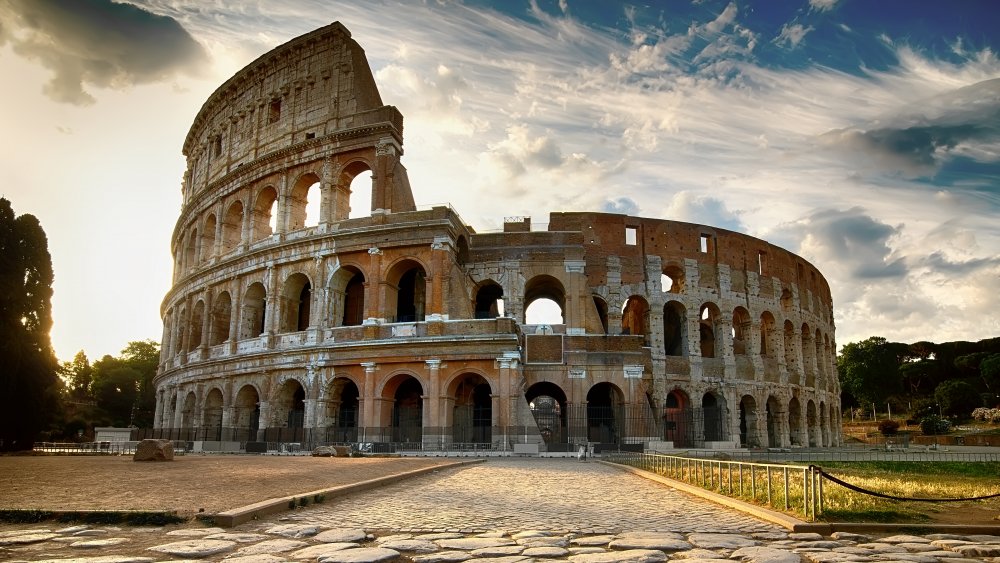
Personal Hygiene in Medieval Times
From the perspective of our modern comforts, people who lived in the Medieval era merely survived. Life expectancy was only about 30-35 years, but when the Black Plague came through, it cut that in half. Pandemics and disease-riddled the period that the fall of the Roman Empire introduced.
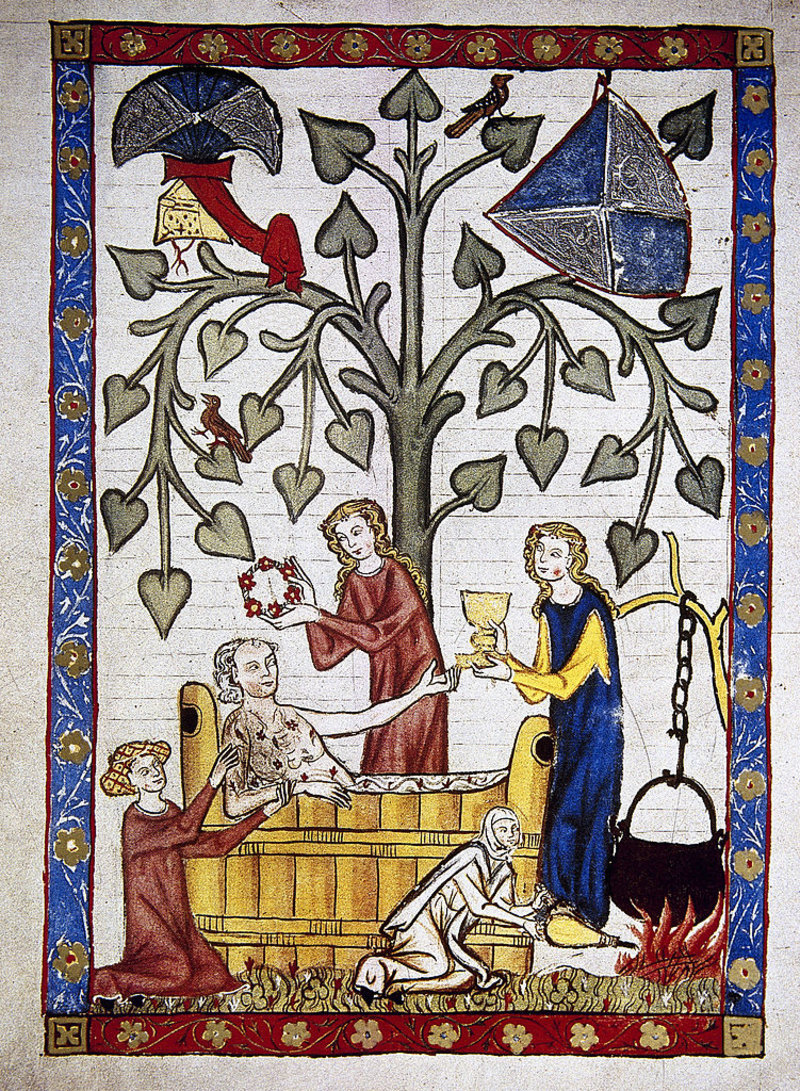
The Middle Ages, in turn, opened up to the Enlightenment, and that finally brought science and medicine and civilization in general. So, how did Medievalists live? What were their personal habits like? Did they bathe?
Read on to learn all the gruesome details of life in the Dark Ages.
Medieval Dental Plans
In the Middle Ages, dental insurance did not exist. Toothaches caused by tooth decay were handled by the local barber who used his tools to pry the rotted tooth out the person’s head without the use of Novocain or any other anesthetic.
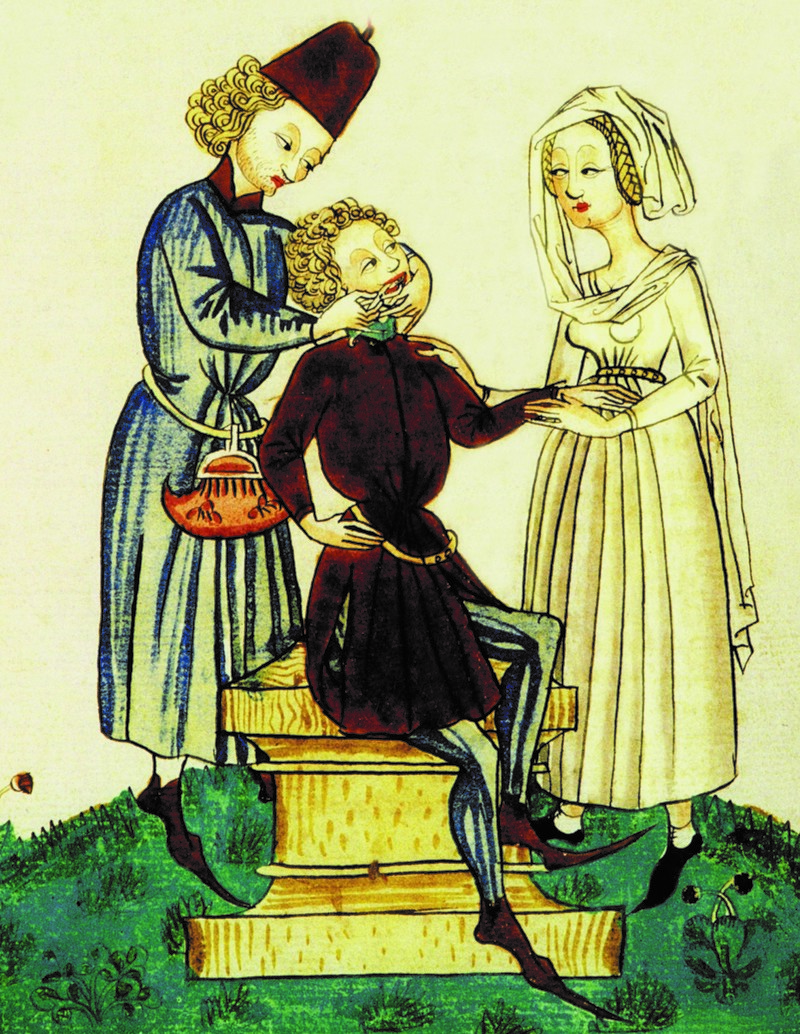
But medieval commoners were not bereft of dental hygiene practices. To keep teeth white and clean and to stay away from the dreaded barber, the common practice was to wipe down teeth with a rough woolen cloth. And, there is evidence that toothpaste and mouthwashes were used. As it turns out, people in the Middle Ages cared about white teeth and fresh breath too! Chewing on mint or cloves was common for this purpose.
Cutlery
Another tool we take for granted in the 21st century is the lowly fork. In the Middle Ages, forks were disdained. European peasants used their hands, while royalty was aided by spoons and knives made of precious metals. Yet, hands were used. At a wedding for a Byzantine Emperor’s niece in 1004, the bride was excoriated for using a fork.
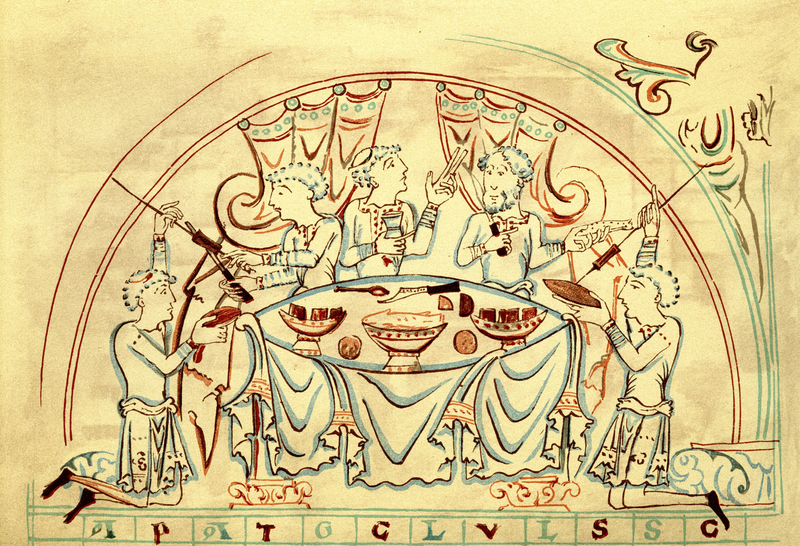
Despite stereotypes like “the filthy peasantry,” these people followed codes of etiquette that included washing in the mornings and before and after meals. Royalty also followed etiquette guidelines, like, not picking one’s teeth with the point of their knife.
Medieval Floorings Harbored Filth
Floors in the Middle Ages were devoid of the plush comforts of carpeting and instead were layered with wall to wall rushes. So, on what was essentially a dirt floor, a layer of grasses like hay covered the clay surface. Sometimes they would be woven into mats. The rushes were replaced from time to time, which might have been a good thing, but the old trodden layer beneath harbored all kinds of contagions.
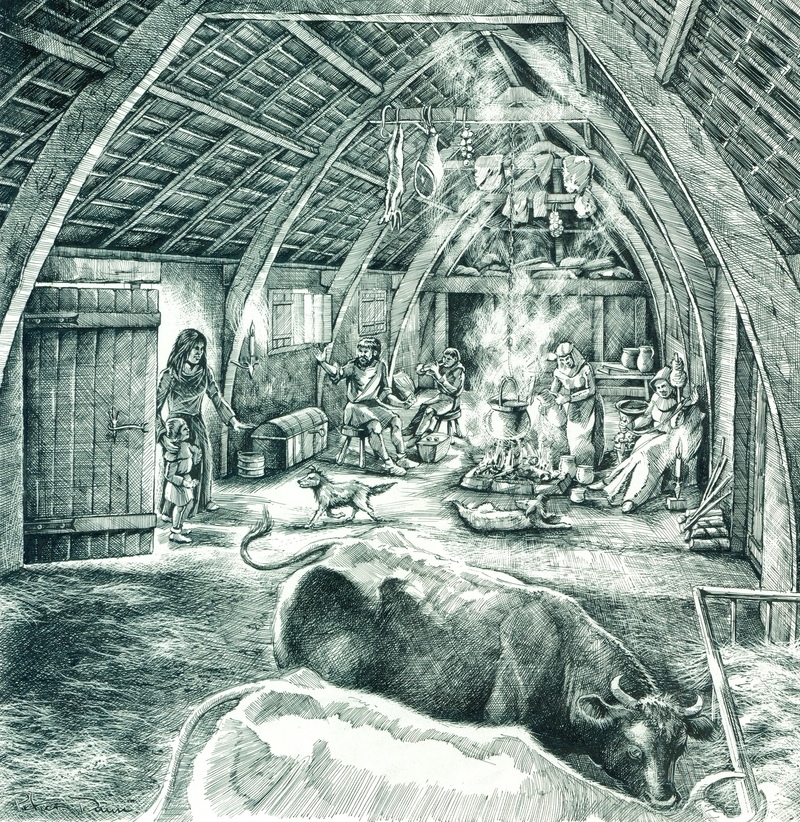
Measures were taken to keep floors fresh by adding flowers or pleasant-smelling herbs to the rushes. But, lurking beneath, fleas, lice, and vermin thrived. We all know now, fleas on rats passed the Black Death to humans.
Taking a Bath in the Middle Ages
Some monks were only allowed one bath per year, while kings bathed often in personal tubs filled with hot water and aromas of flowers and fresh herbs like chamomile, mallow or brown fellow. The common peasant would have loved such luxury, but they were relegated to public bathhouses that some church leaders prohibited, thinking group nakedness leads to illicit sex. They had a point; some bathhouses were mere fronts for brothels. But Medieval bathhouses were popular, some offering a meal with the warm wash.
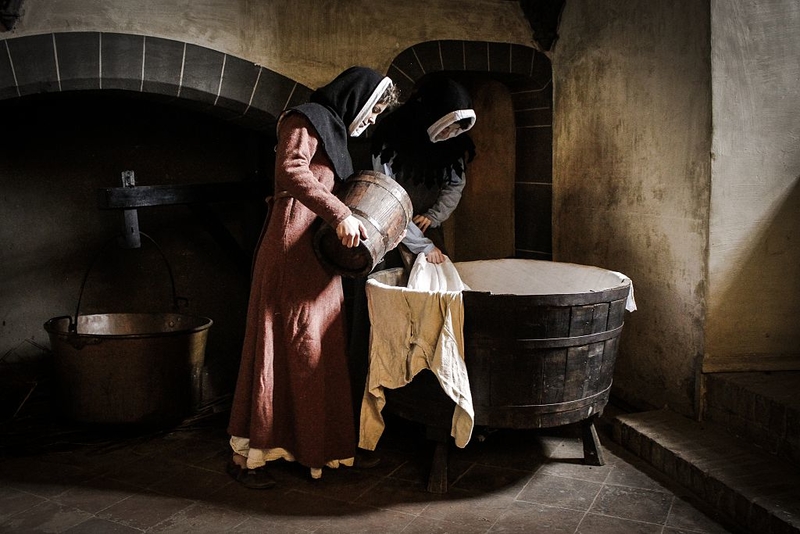
People liked to bathe at least once a week. After the Black Death, bathhouses went into decline. Erasmus explained in 1526, “Twenty-five years ago, nothing was more fashionable in Brabant than the public baths. Today there are none, the new plague has taught us to avoid them.”
Medieval Surgery Was Often Fatal
Hospitals in the Dark Ages were reserved for the sick or dying. More like hospice care than modern hospitals, the blind, the desperate, and those with spiritual needs stayed in hospitals. If surgery was required, people went under the knife at the barbershop where a barber (or a butcher!) would try to allay ailments like ulcers, kidney stones, and eye cataracts.
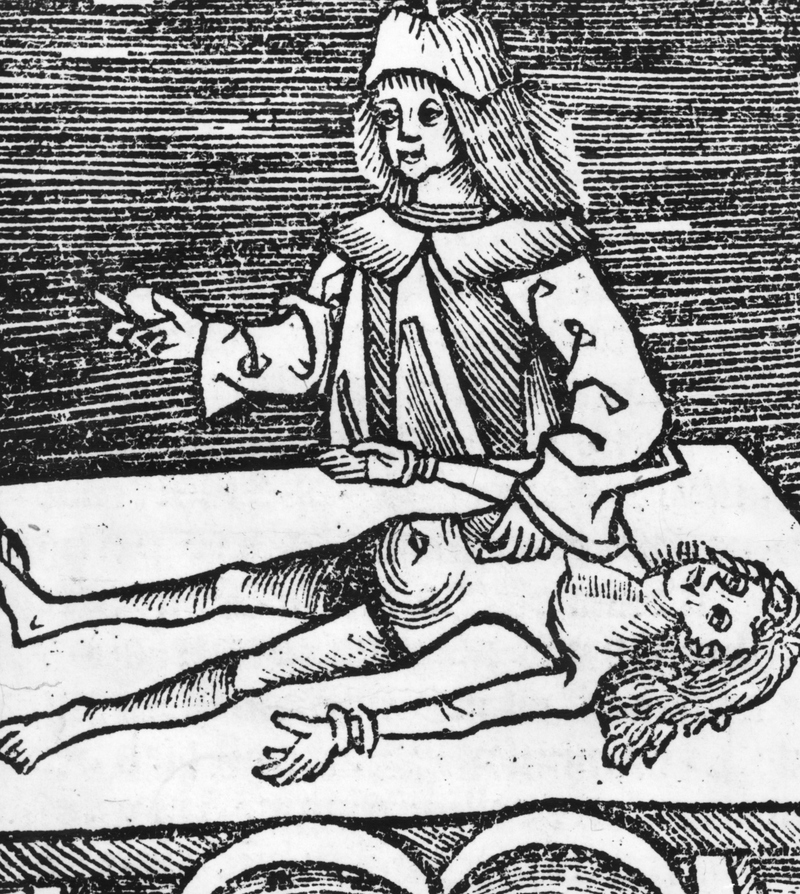
As an interesting tidbit, the signature striped poles outside of barbershops represent the color of blood and the white of bandages characteristic of medieval surgery. Again, anesthetics were not used, and instruments were not sterilized. Unsterilized tools would cause fatal infections.
You’ll Never Guess What They Used Urine For
Well, urine does contain a high pH level and ammonia, so, ever since the Romans, human pee has been used as a cleaning agent. The wealthy aristocracy even used urine as an exfoliator, applying it directly to the face.
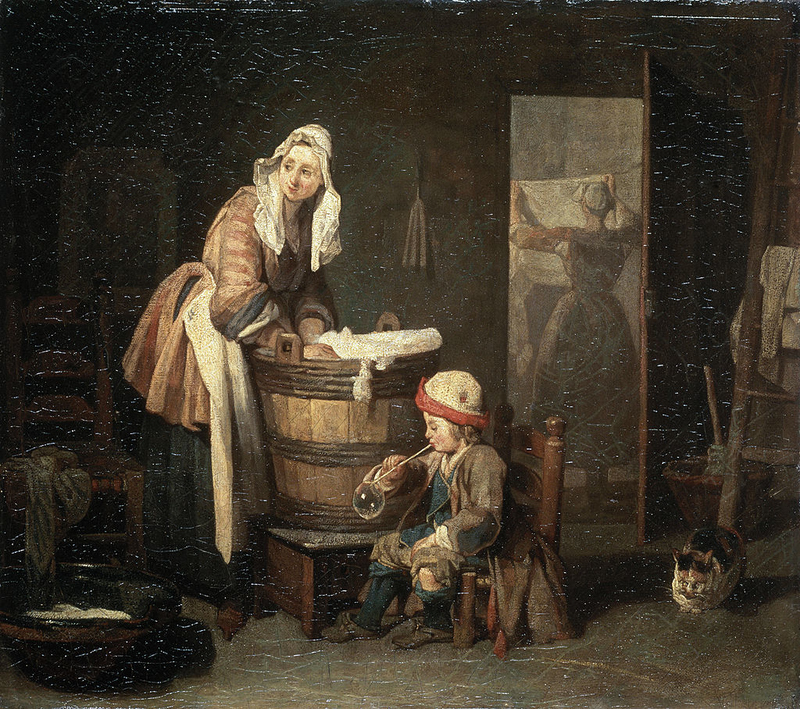
For general cleaning, it was considered to be similar to lye. Wounds would also be cleaned with urine. Most commonly, urine was used for laundry. It was applied like a spotter to remove stains. Medieval laundry soap contained ash, lye, green grapes, and urine.
Shaving Was Not a Thing in the Middle Ages
Short of mirrors and razors, most peasants did not shave. Some were shaved once a week at the barber, although that wasn’t free, and peasants lived in poverty. Besides, beards were trending in the Middle Ages. A full face of course hair was a sign of virility. Shaving was very inconvenient. Mirrors were made of polished metal or blackened glass, not conducive to shaving. Maybe that’s one of the reasons monks would shave each other.
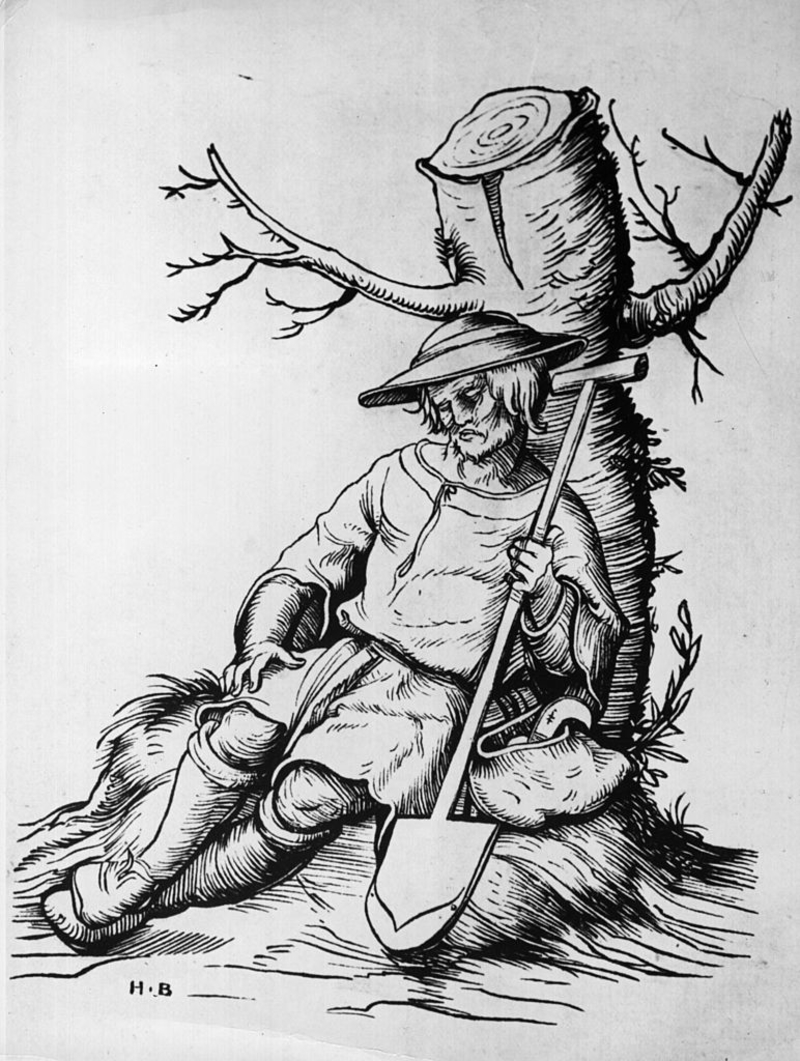
Modernity challenges everything. Now that beards are back in vogue, a 2016 study found that clean-shaven men are three times more likely to be harboring the harmful bacteria methicillin-resistant staph aureus on their cheeks than bearded men. It even suggests new penicillin might be made from beard bacteria!
Most Medieval Europeans Slept in Squalor
Those of the wealthy aristocracy owned splendid beds with protective canopies stuffed with feathers and covered with fine linens. Landowners also slept in cleanly peace. Peasants knew no such indulgence. Recall the flooring, made of straw and infested by pests. The bedding was also made of straw, piled up into a mattress, which was sometimes woven tightly into a bed. Not all beds lay flat. Medieval commoners often slept on a sloping bed, like a recliner.
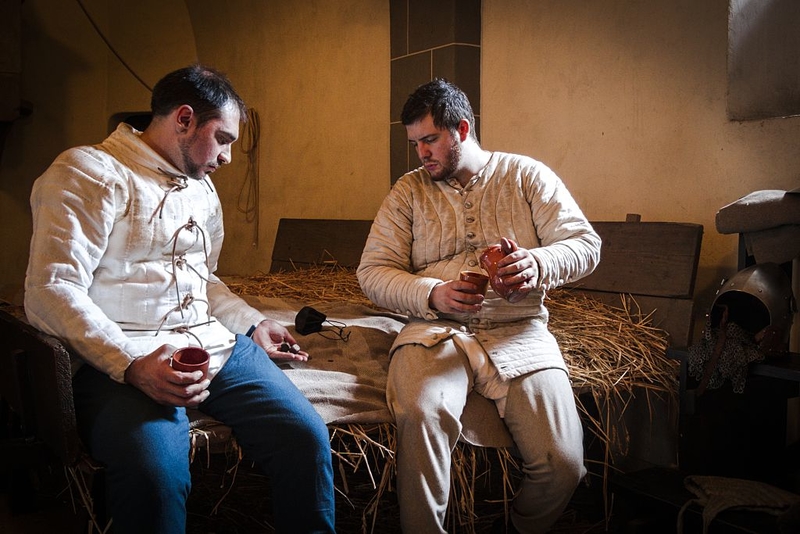
It sounds comfy enough, at first glance, but the mattress—that was only changed and replaced yearly—was teeming with fleas, lice, and bed bugs. Fur covers, and feather bedding, while warm, also attracted parasitic pests like fleas.
Medieval Castle Garderobes Weren’t Used for Clothing
In Medieval castles, protruding walls of masonry called garderobes, because they are similar in size and shape to wardrobes, were actually bathrooms. The room protruded from the castle walls so that the deposits one made upon relieving themselves in the garderobe could fall through a hole into the moat. Depending on the size of the castle occupancy, moats may have developed quite a stench.
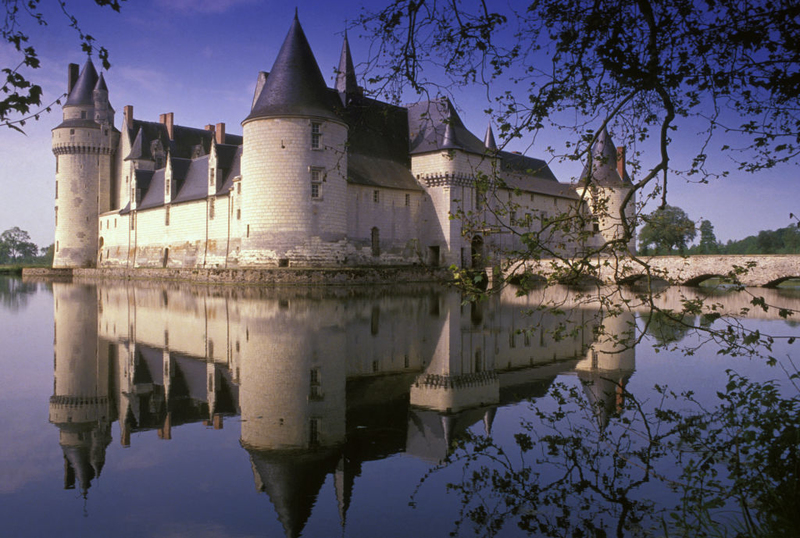
Public sewer systems were not a thing in the Middle Ages. They were completely absent. When the Roman Empire fell, so did aqueducts, sewage systems, and basic sanitation. In fact, it took centuries for Medieval cities and towns to transition to working urban sanitation systems, and that did not happen until the Enlightenment.
A Peek Inside a Garderobe
Here is what a garderobe latrine looks like. The hole leads to the moat, no flushing required. The amassing excrement served as a deterrent to enemy infiltrations, a little-known aspect of a moat’s military defense.
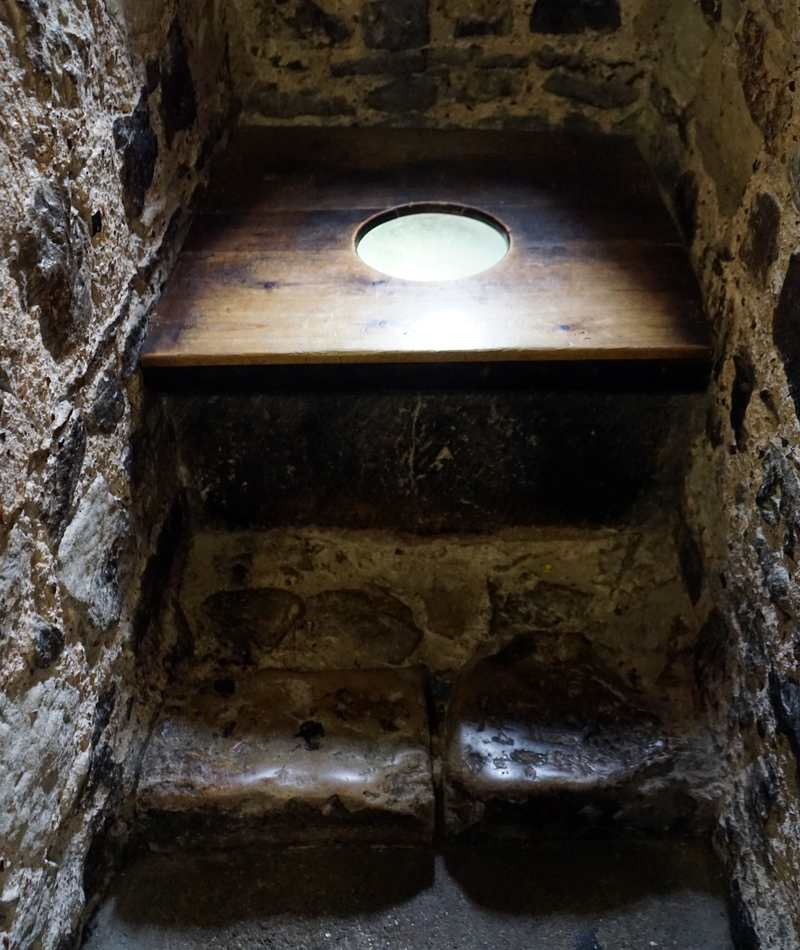
Monasteries had similar-looking toilets, only, as many as 45 potty holes might be present. Commoners shared public toilets, all together, like the monks. Privacy was not an option. Public latrines dumped into a cesspit which was sometimes harvested for fertilizer.
The Chamber Pot
Besides public toilets, people used chamber pots inside their homes, usually stored under beds. It’s a disgusting but true fact that these chamber pots were not uncommonly dumped out windows onto walkways.
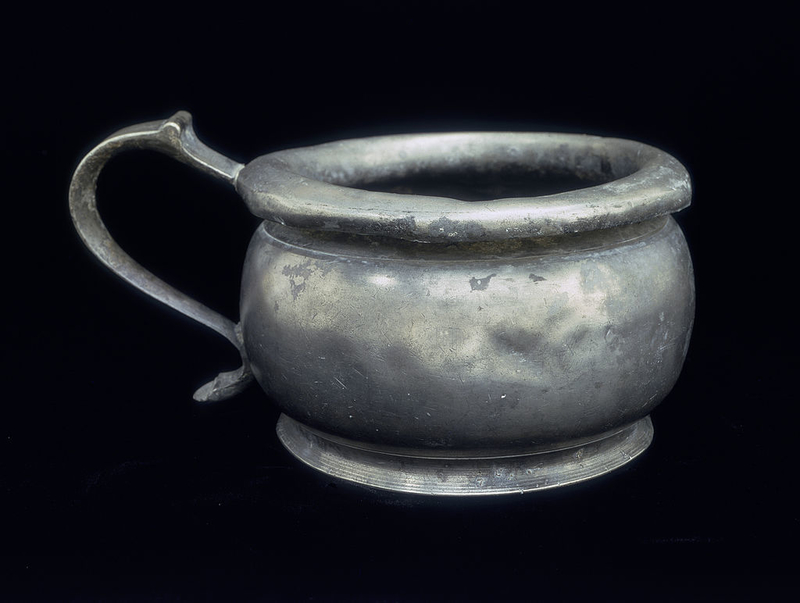
At night, the smelly excrement stayed under the bed. In the morning, watch out! From upper stories, passersby walking beneath had to be careful. Toilet paper was not invented yet, so, moss, leaves, grass or straw might do the trick.
Medievalists Had A Cure for Baldness
Good news, right? Here’s the cure: “Take bear fat [i.e. kill a bear without a pistol], a small number of ashes from wheat straw or from winter wheat straw, mix this together and anoint the entire head with it.” This is according to the 12th-century scholar Hildegard. Another treatment included mixing chicken or pigeon droppings with ashes and lye and rubbing it on the bald spot.
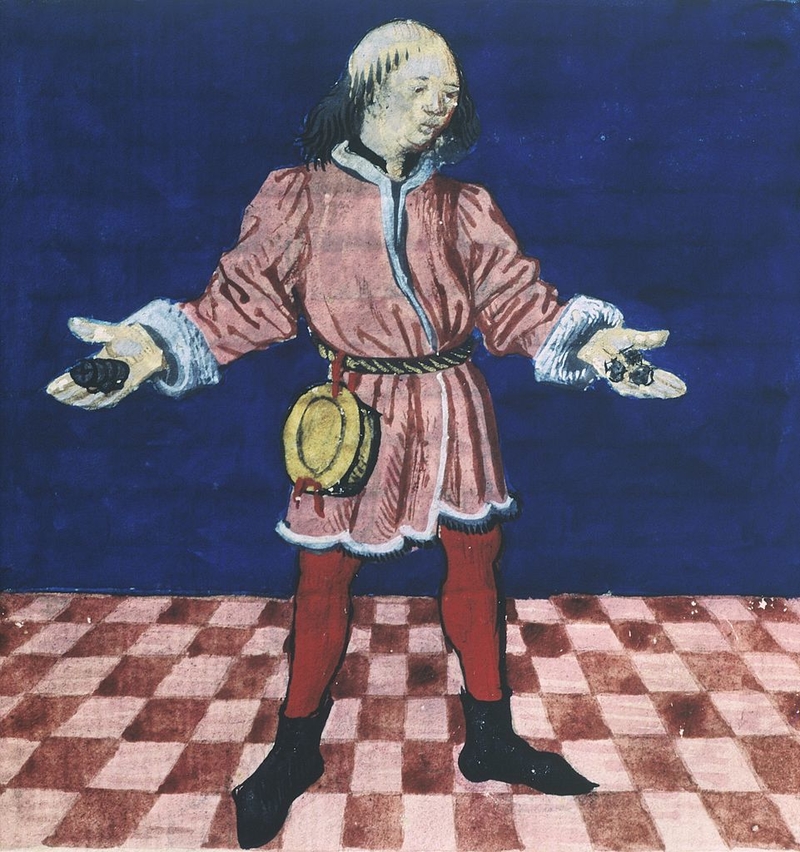
In the Middle Ages, though vanity, as today, preferred a nice head of hair, a wide bald spot did represent virility, as long as the man grew a thick beard. A man without a dense beard, but chocked with abundance on top, was considered weak.
Bloodletting: The Cure-All
Be thankful that modern doctors won’t try to cure your illness by attaching blood-sucking leeches to your flesh. Besides applying leeches or worms to draw blood from the patient, opening a vein directly with an incision to alleviate excess blood in the body was also practiced in the Medieval period.
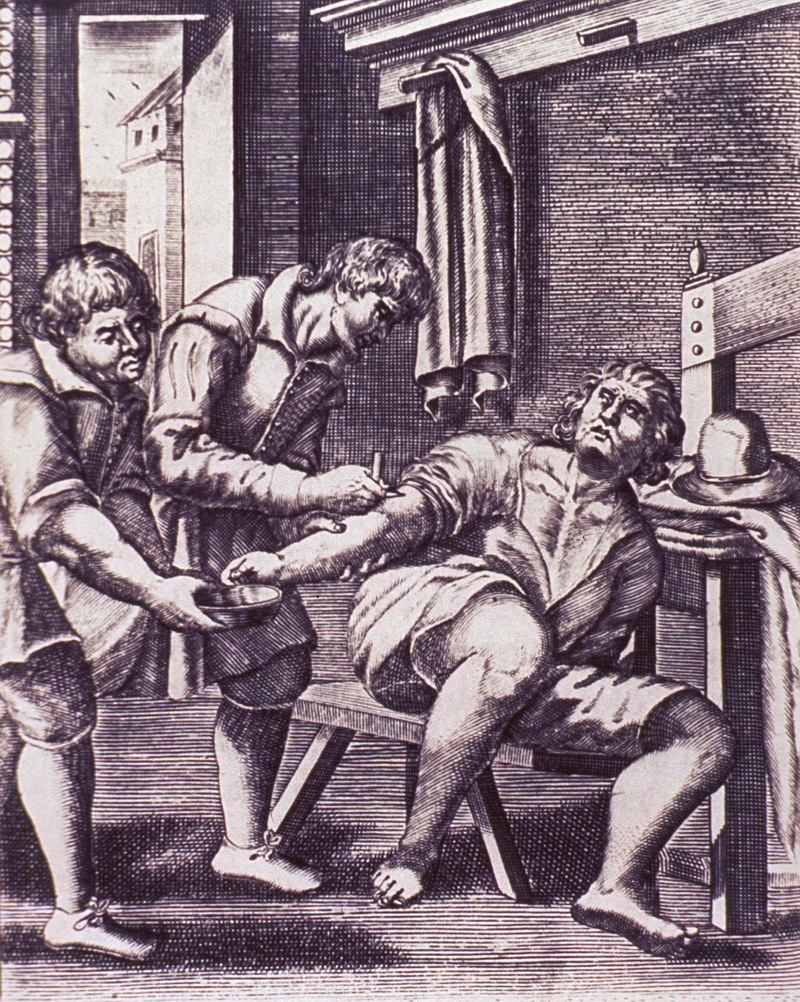
If these methods failed, physicians might try charms, totems or amulets, which make sense when you know that the Christian church believed sin was responsible for diseases.
Trepanning: The Medieval Lobotomy
Trepanning is a barbaric form of medical treatment from the Middle Ages. Intended to cure mental illness, migraines, epilepsy, and other brain ailments, some patients survived the so-called cure. The procedure entailed drilling into the side of the patient’s skull, without anesthesia, to expose the outer membrane of the brain.
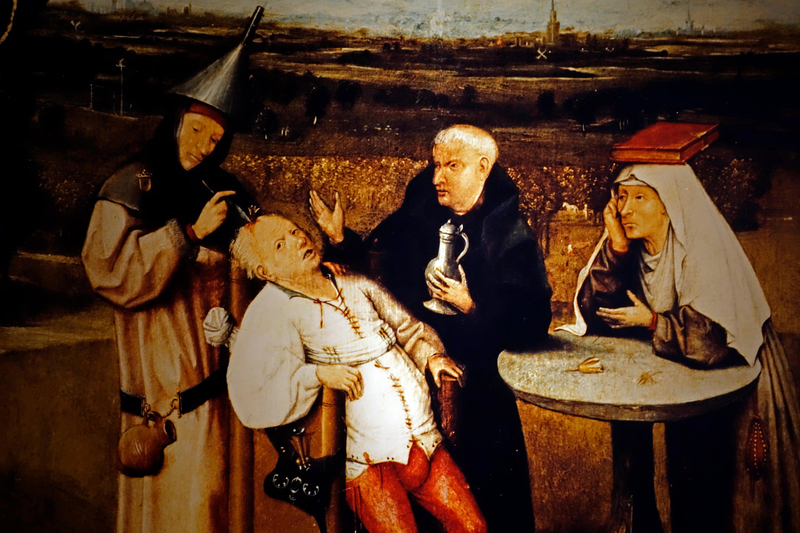
As the oldest form of surgery known, predating the Medievalists by thousands of years, it was thought to relieve pressure in the brain so that “the humors and air may go out and evaporate.”
His Royal Throne
The king’s padded potty was tended by a loyal servant. Known as “The Groom of the King’s Stool,” the coveted position required moving the throne from place to place so it could be at the king’s constant disposal. Duties also included wiping the royal bum whenever the king relieved himself. Towels, water, and a washbowl were at hand.
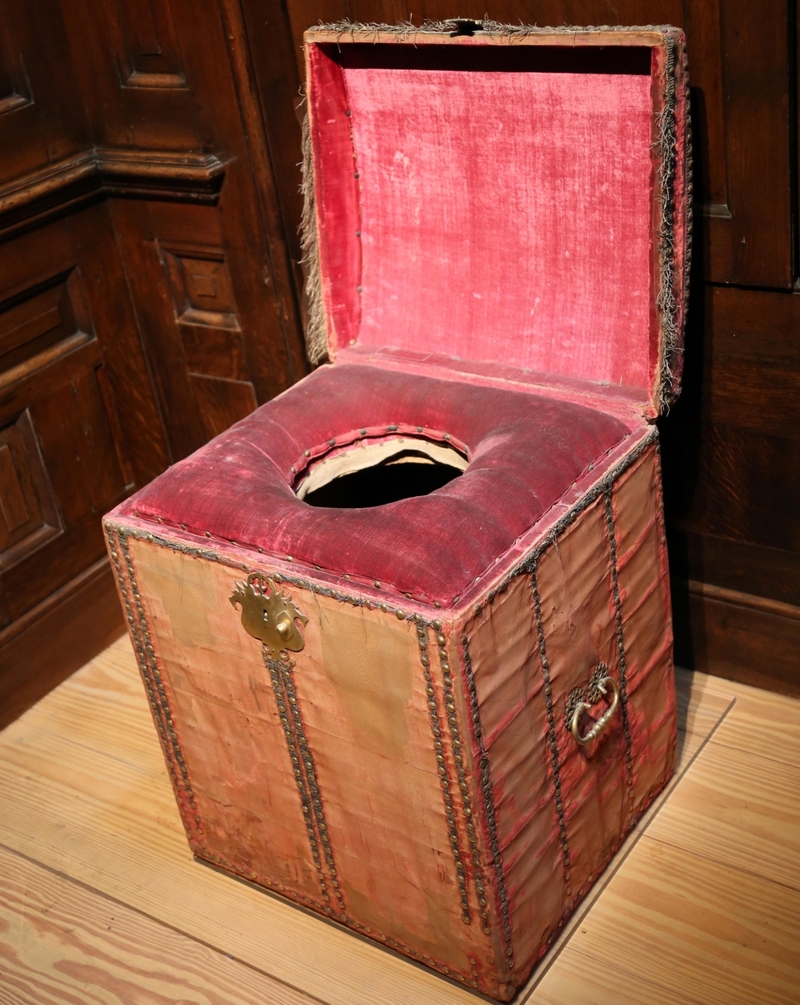
The keeper of the Stool was one of the king’s closest confidants, highly compensated, and usually a son of noblemen. His duties often led to higher positions. The bedazzled porta-potty was invented for King Henry VIII and wasn’t abolished until 1901 by King Edward VII.
The Canopy Bed was Invented in the Middle Ages
The first canopy beds were suspended from the ceiling, with the canopy and drapes covering and surrounding a bed for privacy and warmth. In the 15th century, four-post beds were coveted and the curtains, sometimes embroidered of fine heavy cloths, were very expensive. We know they were valuable because wealthy landowners often included these beds in their wills.
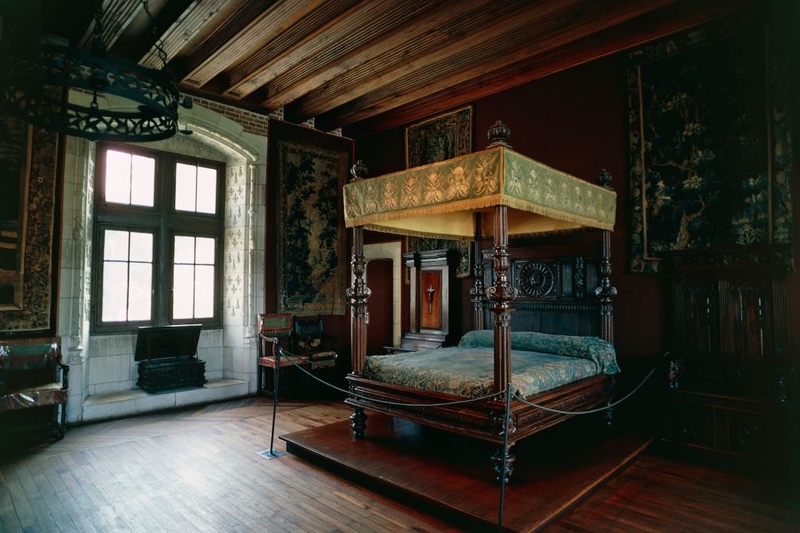
Since roofs were thatched in these days, it is assumed that canopy beds served an additional purpose which was to protect the sleeper from droppings from the ceilings, ranging from water to pest excrement.
Lice Thrived in the Dark Ages
Lice were so prevalent and so ubiquitous in Medieval times that people could not escape it. What they called “worms with feet” were a part of life, so much so that medical experts believed lice and other parasites were produced by the body at certain times. Lice were everywhere, not just in hair. Some swarmed around eyes.
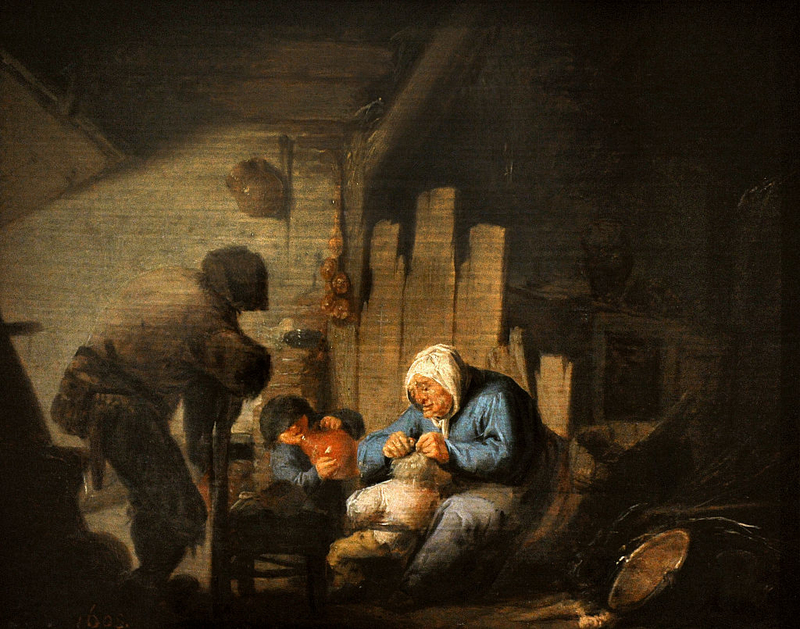
Far from lice only afflicting the peasantry, Pope Clement V was reported to have a cavity in his tooth where a louse tossed about. King Henry IV’s head was found squirming with lice by Adam of Usk who crowned him in 1399.
The Black Death was the King Kong of Plagues
The medieval period was racked with epidemics, plagues, and disease, but none were as merciless as the Bubonic Plague, or what we know as the Black Death. Between 1328 and 1351, it tracked trading routes, wiping out a full 50 percent of Europe’s population, killing 200 million people. That is equivalent to the entire U.S. population in 1967. Life expectancy plummeted to age 17.
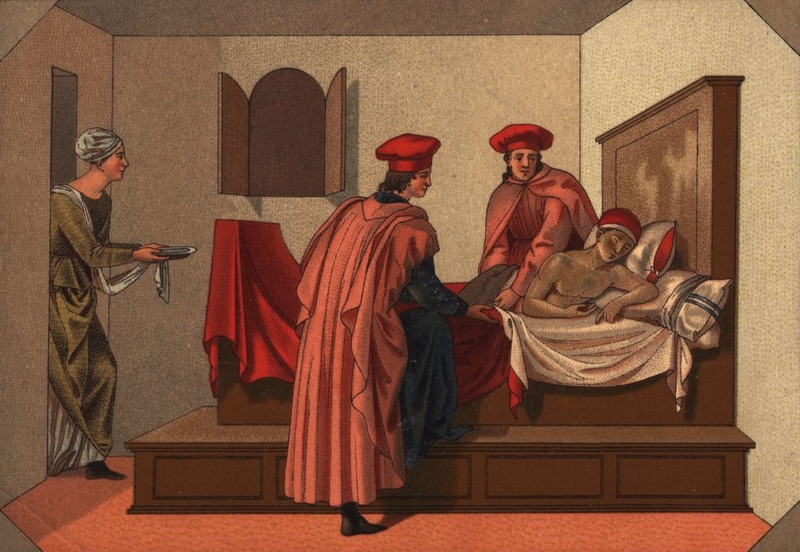
The pandemic brought symptoms that included high fever, delirium, vomiting, bleeding in the lungs and, most notably, painful swelling in the lymph nodes. The painful swollen boils in the neck turned red and eventually black—large black boils oozing with pus and blood—hence the name. It was transmitted by fleas on vermin to humans.
When it Rained it Reeked
Since the first municipal sewage systems were not built until the 1840s, waste removal of human and animal excrement in medieval towns was abysmal. As we’ve said, it was nonexistent. Of course, castles had moats, others had the Thames, but peasants in fields dumped their chamber pots out in the pathways.
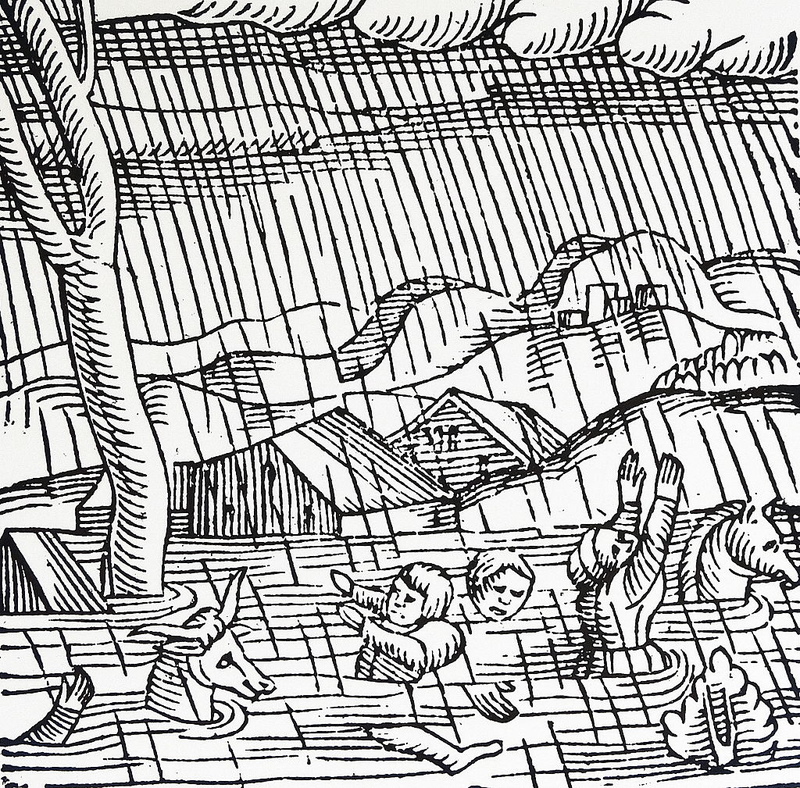
As disgusting as that was, the rain made it worse. Dirt and cobblestone streets became rivers of sludge and piss, washing the filthy stench through town.
The Stench of the Thames
In all of Medieval England, few places were as rancid and smelly as the banks of the Thames near “Butcher’s Bridge.” Butchers of the day would take bundles of refuge and carcasses to the bridge and dump it in the river. Animal entrails, stinky, diseased animal parts and blood littered the bridge. For 500 years this practice continued.
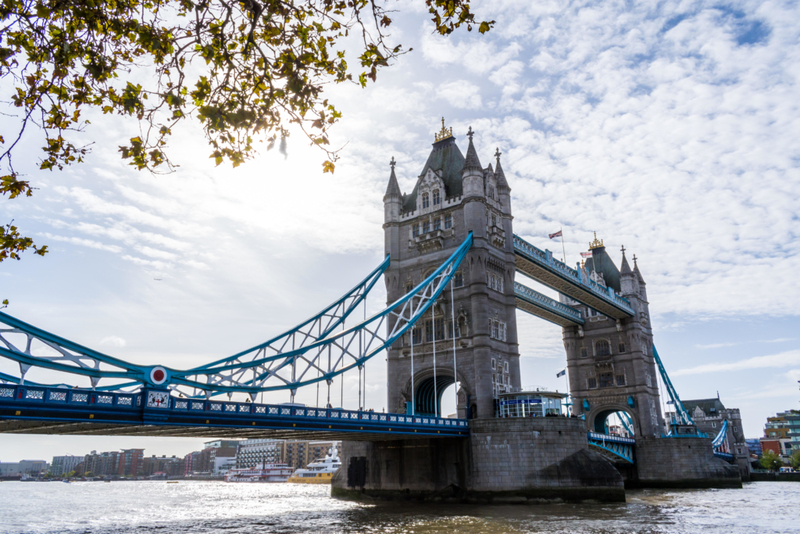
Complaints in 1369 had little effect, a law against it changed nothing. And the stench of rotting flesh made it so that no one could live there. However, not only butchers fouled the waters of the Thames, every Englishman in proximity would dump sewage and waste into the river.
Health and Hygiene of the Wild West
From the beginning of Hollywood, western movies have entertained and inspired the imagination with some of the best examples of American cinema. But before you get so obsessed with the cowboy lifestyle that you go and teleport yourself back to the Old West, you should know a few things about the lack of hygiene practices and the profusion of disease the average folk faced.
The Saloon Spittoon
Back in the Old West, saloons were popular meeting places to drink, gamble and fight, err, socialize. Most western cowboys enjoyed a good chew which means there was plenty of spitting everywhere. Some could sink it into the spittoon from feet away, but they often missed.
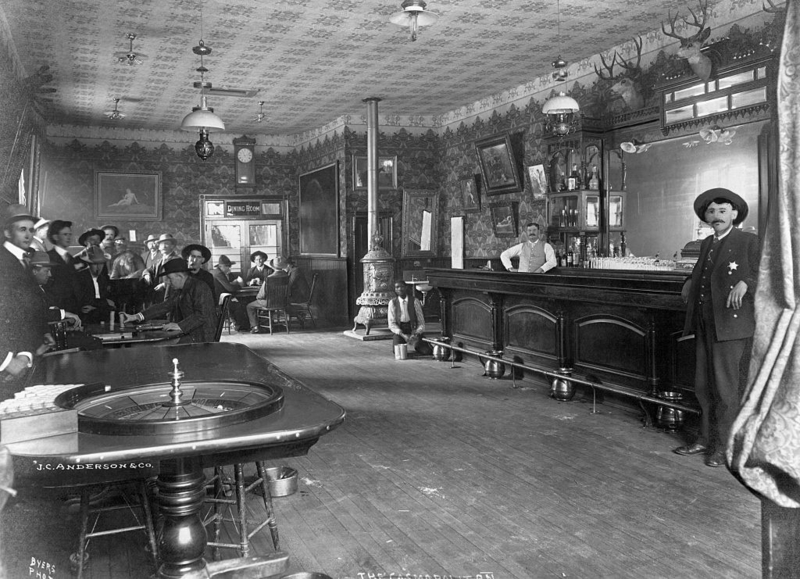
Others didn’t even bother to take advantage of the spittoon and just spat on the floor they stood. The sawdust-covered floors were laden with a myriad of germs. It got so bad, spitting was banned in some establishments and a fine or jail time was the punishment.
Public Beds were Available
But people used them at personal risk. Much like their Medieval counterparts, Old West beds were made of straw and filth. Lice, known as “seam-squirrels,” often plagued public beds since they were not changed or cleaned often. Bed bugs also thrived.
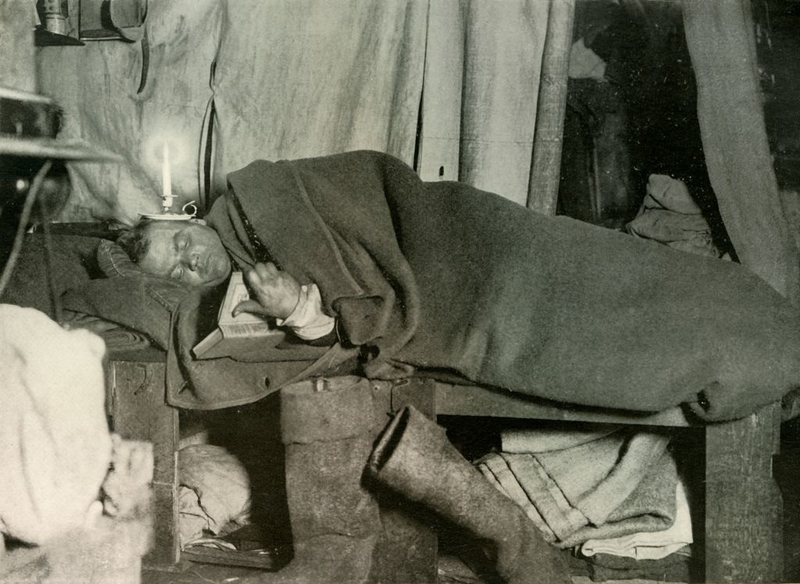
Other insects that caused problems were mosquitoes and flies. With towns set up near streams, maggots and mosquito larvae moved on in, infiltrating people’s poorly constructed homes.
Cowboys Had Soap but They Didn’t Much Use It
Native Americans were reportedly surprised by cowboys’ lack of hygiene. Cowboys were surprised by Mexican women’s clean and lustrous hair. One cowboy was so impressed he documented the details about how native women would wash their hair with soap-weed, a sort of shampoo he described as being harvested from the root of the Yucca plant.
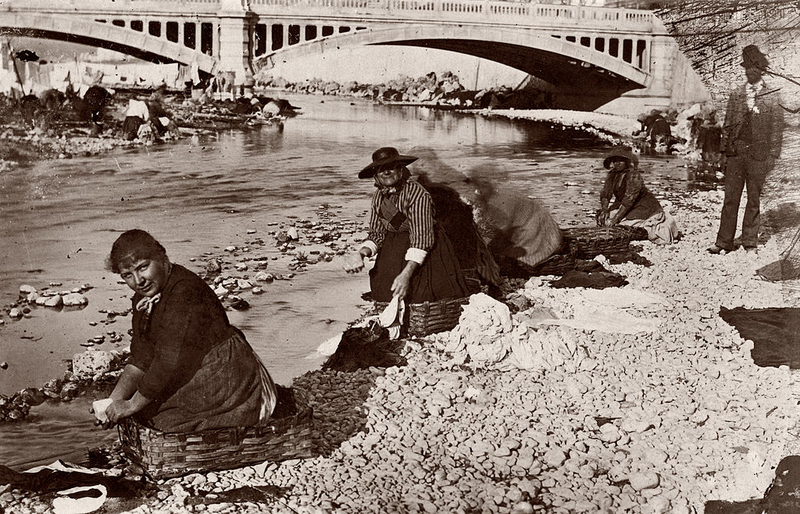
Cowboys rarely bathed. They could go an entire winter without bathing. Monthly, they might take a dip in the creek to clean off. Body odor was not something they worried about; it was just accepted as a part of life.
Wild West Women Preferred Cleanliness
Women, for their part, bathed every couple of weeks and washed their faces daily. The soap they had was made out of animal fat and its ingredients made it harsh on the skin, but it was all they had. It was also harsh on the hair, so women cleaned their hair just once a month. Shampoo wasn’t available until the 1920s.
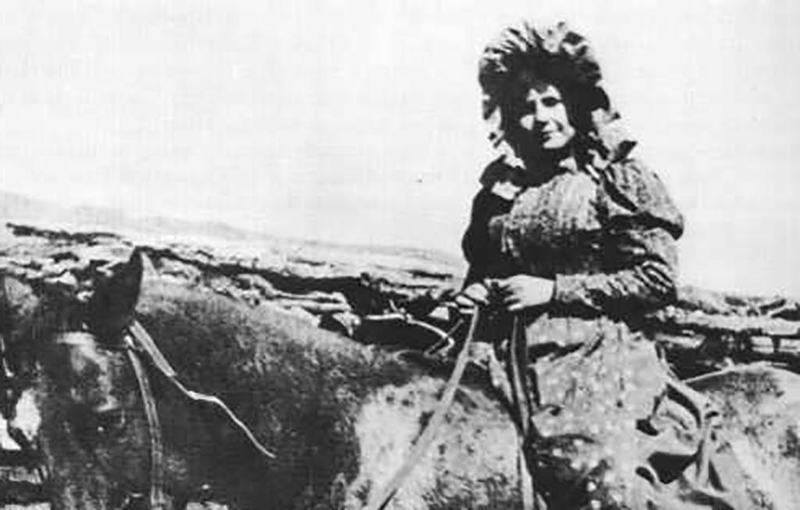
It was stylish in this era for women to have very fair complexions. Hats, gloves, parasols and long sleeves helped protect their skin. Some women in this era would whiten their facial complexion with bleach made of toxic substances, but cowboy women were lucky just to keep their skin covered.
Water Was Scarce
One reason for the dearth of bathing in the Wild West was a lack of water. There was never enough water. Some families opted to spare a weekly tub full, taking turns and sharing the gradually dirtier bathwater. To make matters worse, the water they had access to wasn’t always drinkable.
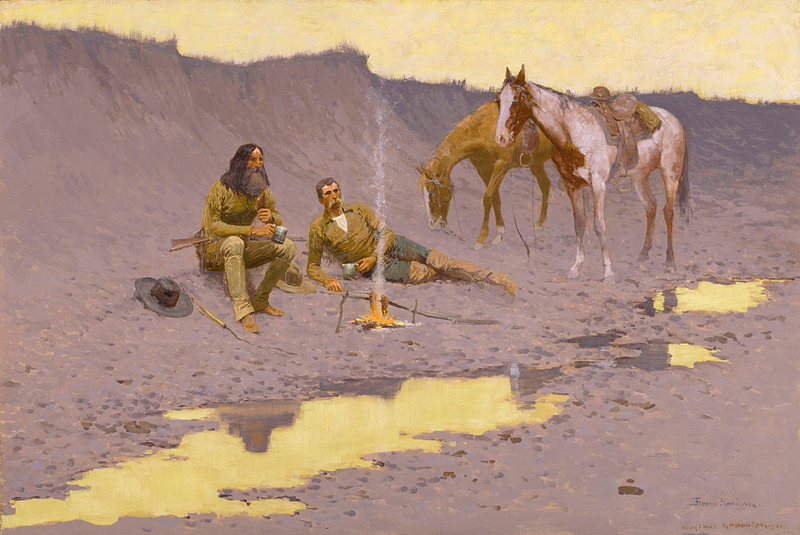
Creeks might get contaminated by latrines upstream and stores of rainwater could get polluted by dust or insect larvae. Standing water was invariantly spoiled by mosquito larvae. It was a dry and dusty land.
The Dustiest Place in the World
The American West was a dusty place, but horses, carriages, and people really kicked it up to unbearable levels. On top of that, dust storms would pop up at any given time, clouds of dust and strong winds whipped dusty dirt into people’s houses and threatened the lives of settlers and livestock.
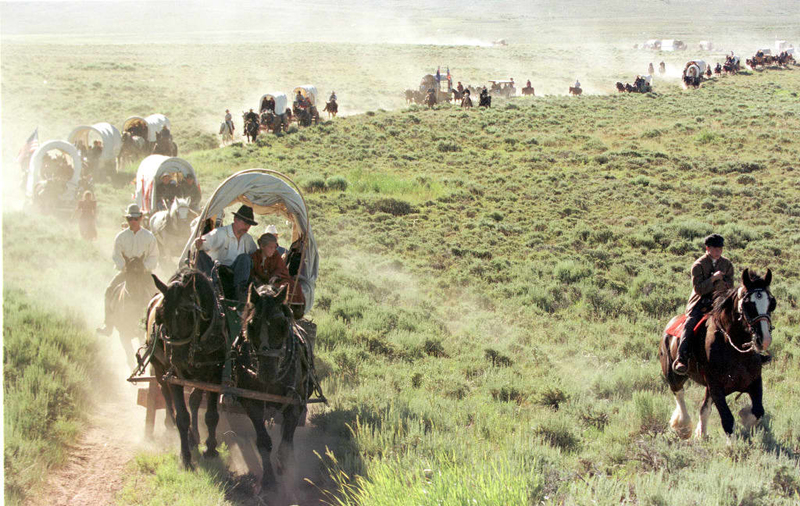
Sarah Raymond Herndon, a girl from Missouri who traveled to the Montana territory in 1860 wrote, “Oh, the dust, the dust; it is terrible. I have never seen it half as bad; it seems to be almost knee-deep in places.” She went on, “When we stopped, the boys’ faces were a sight; they were covered with all the dust that could stick on [. . .] their appearance was frightful.”
A Hole in the Ground
People living in the wild west had to make do. Instead of a bathroom, frontier folk settled for an enclosed shed sitting atop a hole in the ground. Once that hole had filled with excrement, the outhouse was simply moved over top of a new hole.
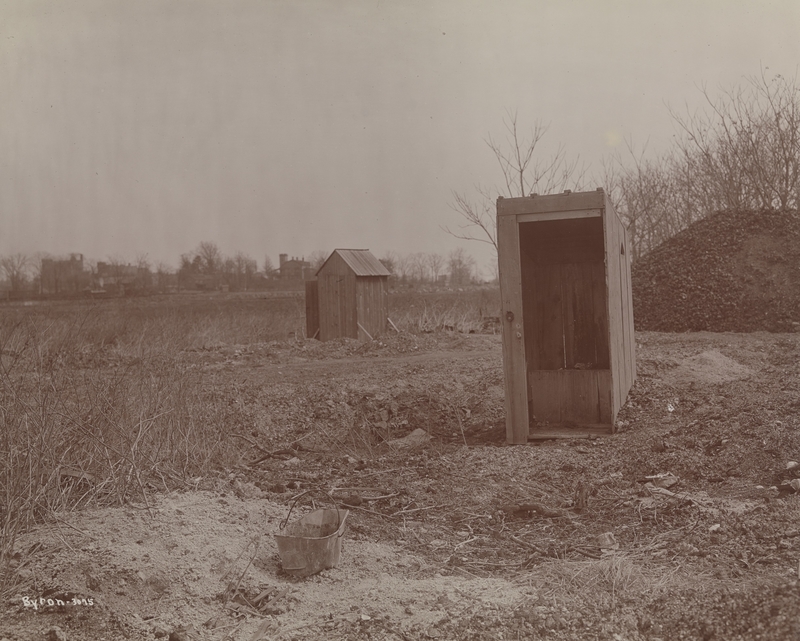
Each hole was covered with dirt before the shabbily built structure was moved. You can imagine the stench and the swarm of flies. Toilet paper was another problem. To make do, leaves, grass and corn cobs might be used for wiping. Risks included sitting on a black widow spider.
The Surprising Uses of Whiskey
Cowboys were known to drink, whether with other chaps at the saloon or from their whiskey stash at home, it was a popular pastime. However, whiskey was also used as a disinfectant and a pain reliever.
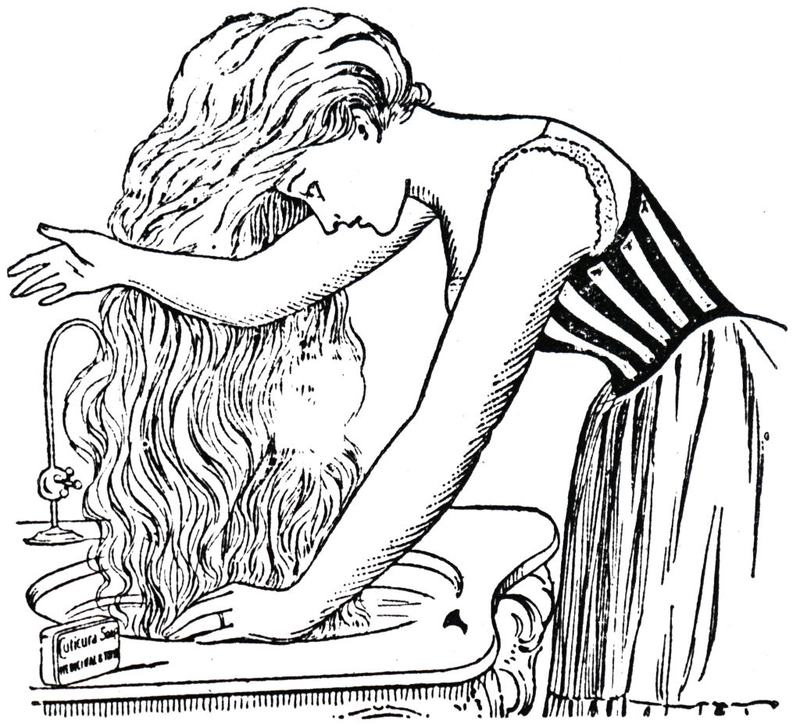
One of the most surprising uses was as a sort make-shift shampoo. Whiskey, castor oil, and lavender, for scenting, were mixed and applied to the hair and then rinsed with rainwater. Some ladies combed their hair out nicely and curled their locks wrapping tresses in rags or with pins overnight. Another method required heating metal curling tongs on the stove and wrapping the hair into curls, a method similar to using a curling iron.
Frontier Women Stayed Cleaner Than Men
Maybe it’s because they had more time at home, or perhaps cleanliness was more important to women, but women cared more about their appearance and overall hygiene. Cowboys and soldiers were required to go off for periods at a time. Women kept the homestead. If a woman was lucky, she would have soap-weed to wash her hair, but if not, she would find ways to stay clean.
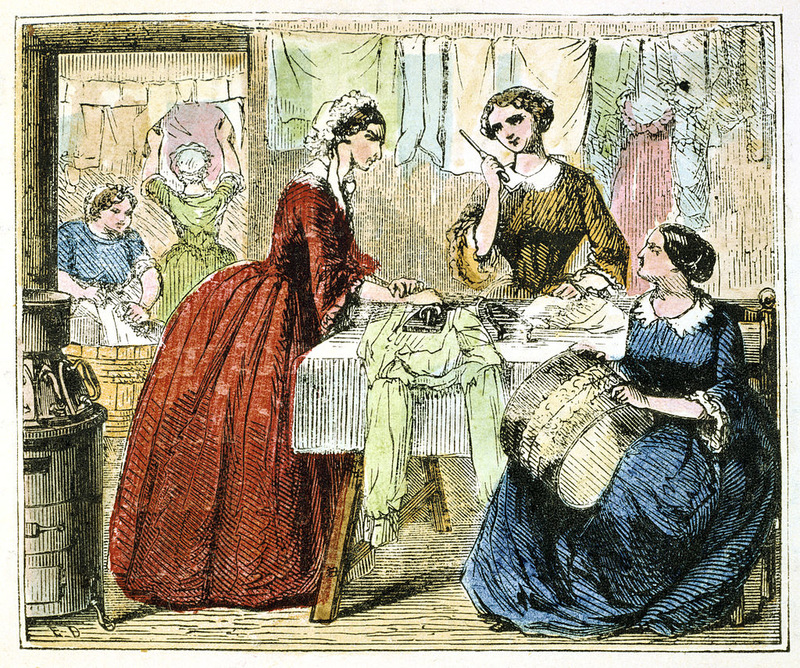
Sarah Raymond Herndon, the pioneer woman who wrote about her experience crossing the Plains in wagons, described her morning routine. She would go down to the spring for a drink each day. She said “[I] bathed my face and hands in the cool water, picked a bouquet for the breakfast-table, and returned to camp.”
Men Shared Bar Towels
Germs and microorganisms were unheard of in the Wild West. So, when men went down to hang out at the saloon, they used towels that hung under the bar on hooks whenever they needed to wipe their beard or clean up a spill. Then they would return the towel to the hook for the next patron.
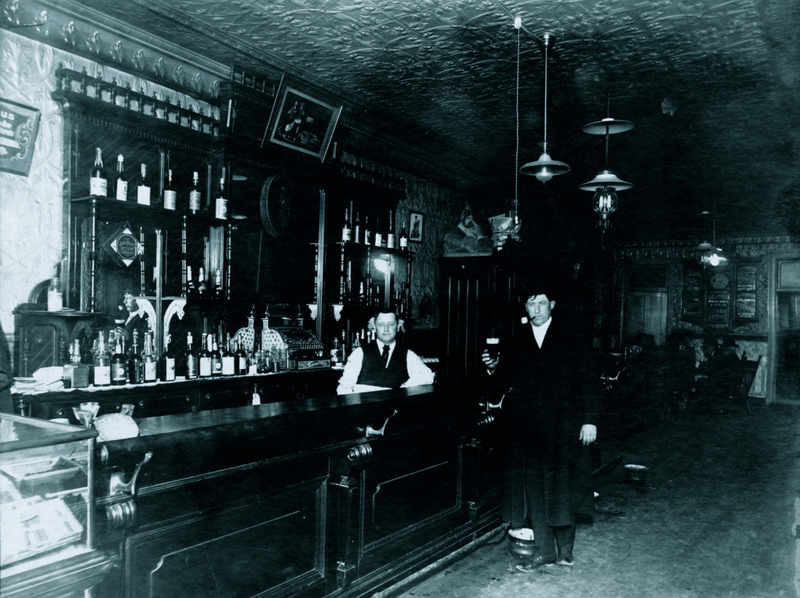
They were like community napkins and they shared and shared alike. Water shortages meant laundry, in these days, was done so seldomly that those towels were virtually never clean.
Men Wore Long Hair
With the lack of hygiene among men, it is probably no surprise that they didn’t fuss over their hair. Out on the trail, they would have no means to cut or style it and not enough time to keep it up. Not only that, but frontier men also preferred long hair.
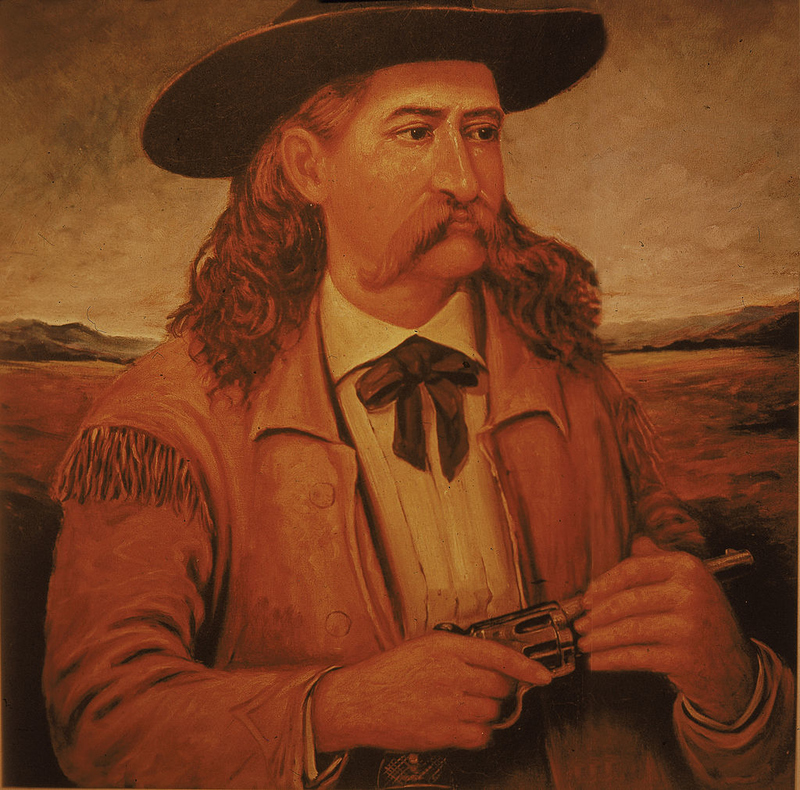
Some even scented their cascading tresses with cinnamon oil and other scented hair tonics. But, when cowboys came to town, they would often pamper themselves with a stylish haircut and shave. They might even indulge in a hot bath, good food, and some clean duds.
The Wild West Teemed with Disease
Due to water shortages and the lack of sanitary conditions, disease ran rampant on the frontier. Cholera outbreaks continued through the 19th century. Sarah Raymond Herndon made note when illness gave her people a break, “There is no sickness in camp at all; it is marvelous how very well we are. I hope it will continue so.”
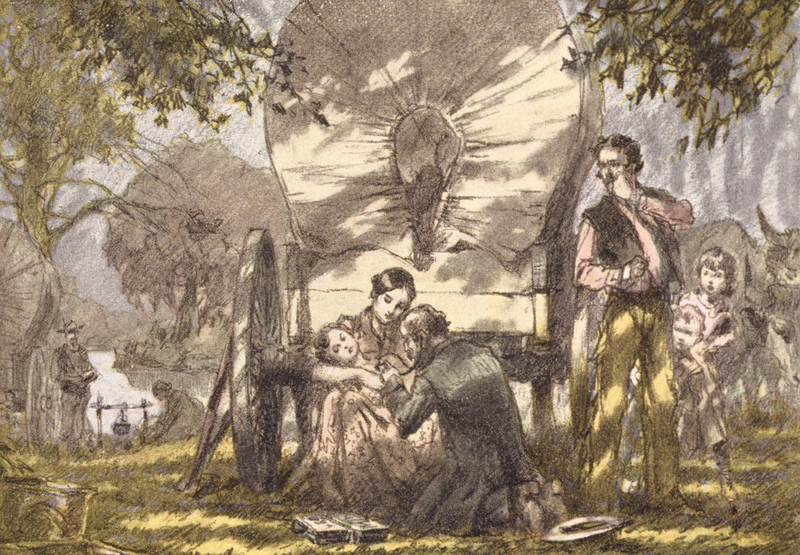
Native Americans also succumbed to the diseases of the white man. An outbreak of cholera among Mormon migrants killed untold numbers of people living in states, territories, and unclaimed lands. The West was truly wild, so no one knows exactly how many souls perished from epidemics like cholera.
Handkerchiefs Were Not Just Western Movie Props
Cowboys in the old west actually used handkerchiefs for reasons other than robbing banks. For one thing, the dust was terrible. In the days when medical masks were obviously not yet invented, kerchiefs had to do. Bandanas protected skin from sunburn. They were used to tie back hair. Cowboys also wore them round the neck.
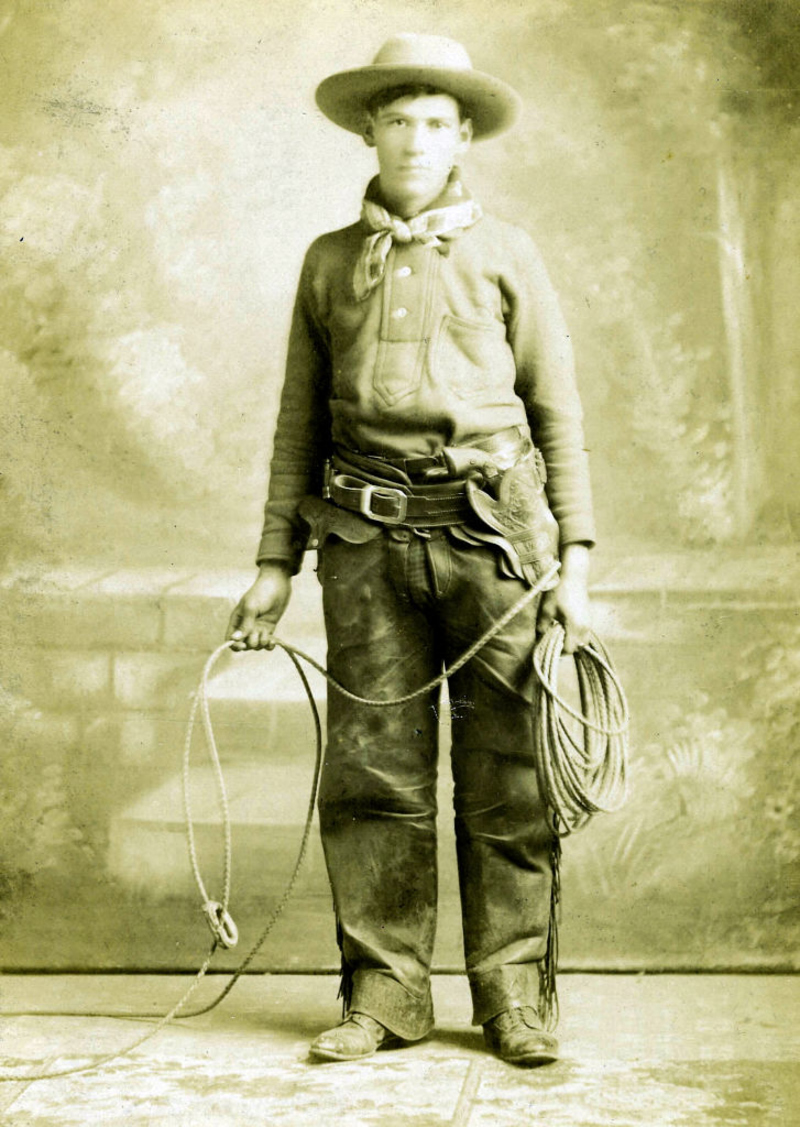
The wipe, as he called it, could be employed for any number of uses. In the winter, it protected from icy winds, in summer, around the head, it served as a sweat band to his cowboy hat. A kerchief could also tie off a wound. It was also used as a hanky for blowing his nose. The bandana was indispensable.
The Cowboy’s New Look
As shorter hairstyles became fashionable by the close of the 19th century, burly frontiersmen followed suit. The unshaven, macho style made way for a new look. Outlaws like Jesse James and William “Curly Bill” Brocius sported suave clean-cut hairdos.
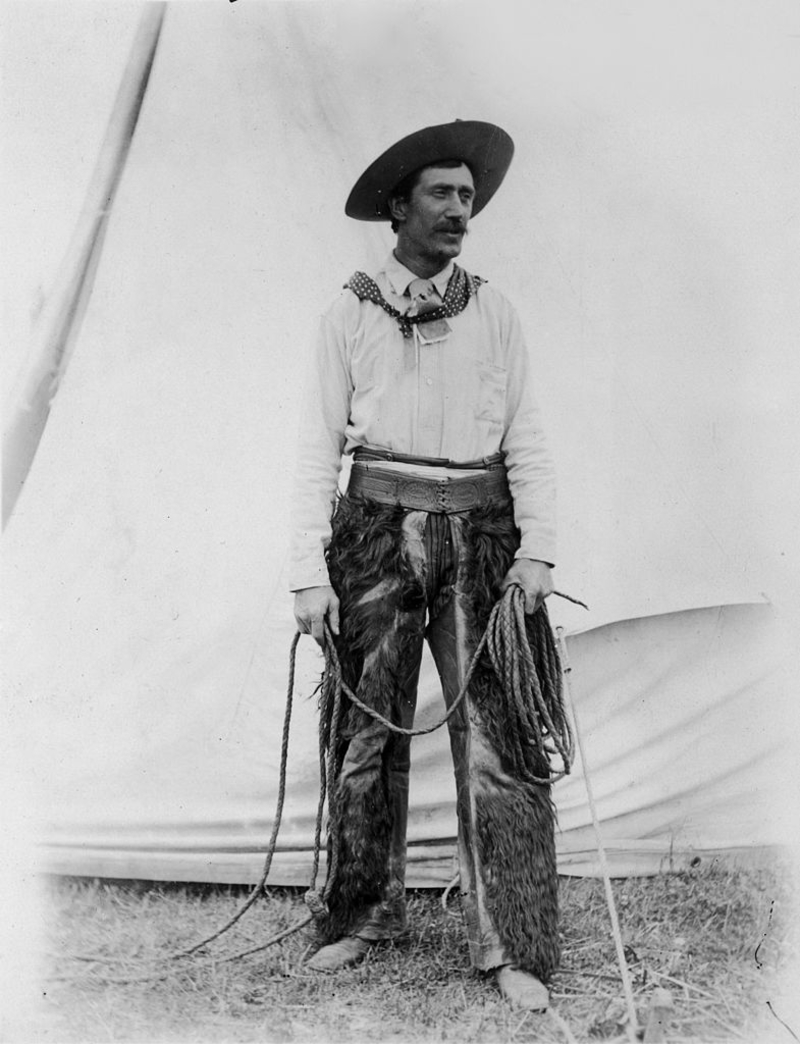
An influx of hair care products influenced the shift. The modern look was also affected by men apparently fearing new ideas that their beard and hair might be a nest for germs.
Dental Care in the Old West Was Like Medieval Times
Dentists were few and far between out in the American territories. Tooth problems were solved at the barber shop or by the blacksmith where they would just yank the painful problem. Some tough guys would pull out their own tooth. It was crazy. Accidental extractions of the wrong tooth were not uncommon. Whiskey was on hand to help, either by applying it to the gum or by drinking enough to numb the pain.
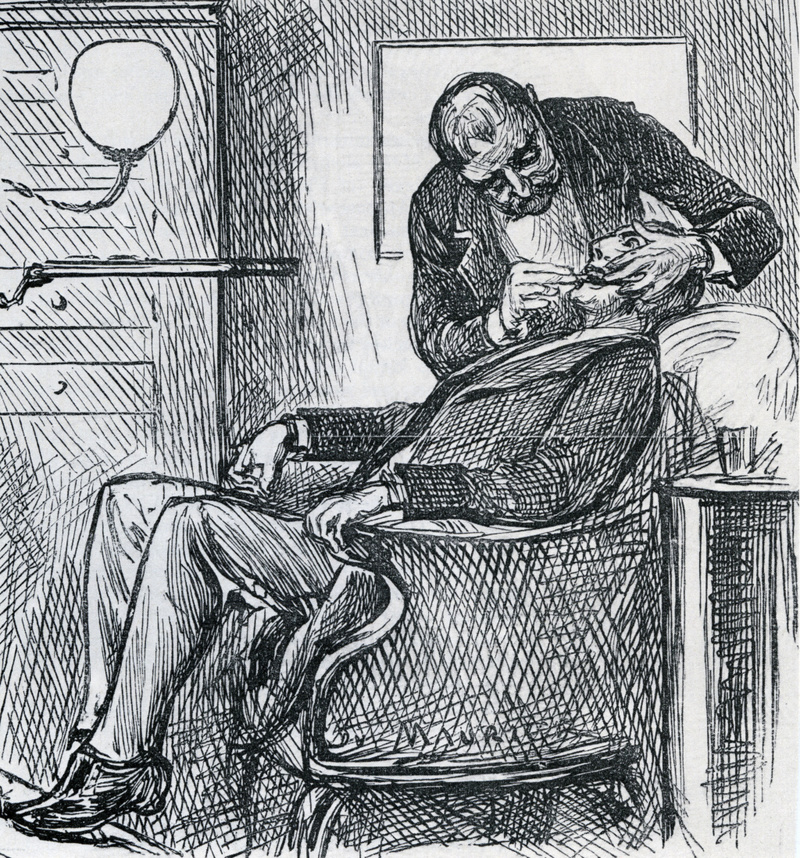
Though there were only three dental schools in the U.S. after the Civil War, the western hero Doc Holliday was trained as a dentist and practiced in Dodge City, Kansas. He was highly skilled, it is said, but he was one of very few dentists. In general, it was the extraction tools of barbers and blacksmiths that cured dental maladies. On average, western folk were toothless by age 50.
Cowboys Were Plagued with Fungal Infections
Burning, itchy fungal infections afflicted cowboys. Because they were constantly on their horse and would not bathe for months at a time, in some cases, these diseases were inevitable.
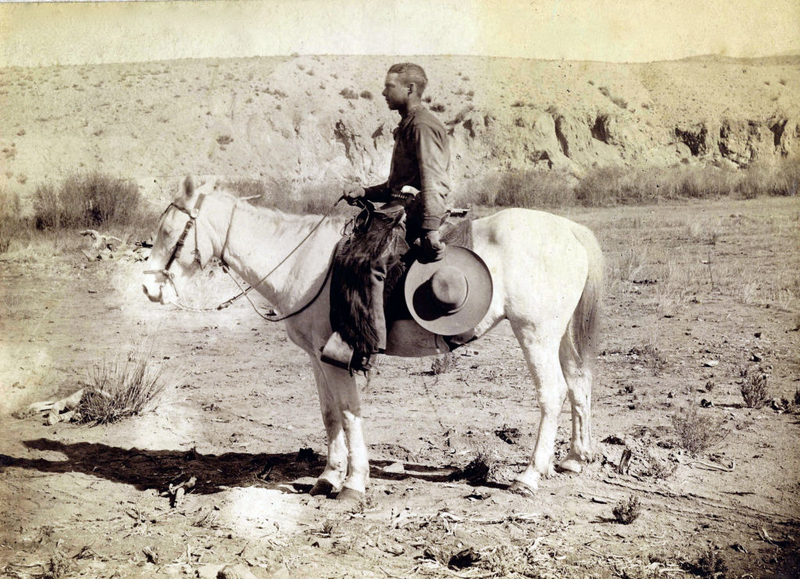
Fungal infections most commonly popped up in armpits, the crotch, the buttocks area and on the feet. Miserable to live with, the itching and burning was very uncomfortable and, without a cure, it never went away. Scratching the areas only led to more fungal infections as fingernails spread it. Be thankful you’re not a cowboy in the wild west!
Cowboys Had the Reputation of Smelling Like Their Horse
Another reason you would not want to be a cowboy is that they smelled! Without bathing and out in the elements all day, spending weeks on the trail, the stink of the horse and the smell of its rider started to blend. Staph and impetigo infections, which develop by cuts and sores on the cowboy’s skin, also gave off a foul odor.
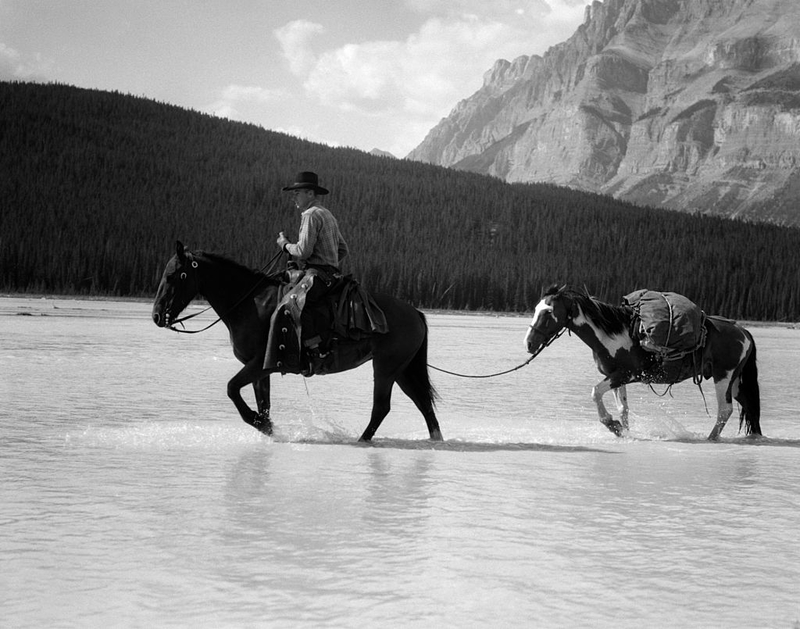
Luckily, the infections were not always fatal, but they were contagious and a chronic condition of cowboy life.
Sex Ed Was Not a Thing on the Frontier
Not only did people out West have no education or knowledge of sexually transmitted diseases, but they also had no hope of a cure. And, there was a lot more hanky-panky out West than most people assume. Saloons not only allowed women in those days, but they also employed them for entertainment, dancing and serving whiskey. Women often married clientele or, just as often, were beaten to death by drunken cowboys. Brothels also flourished.
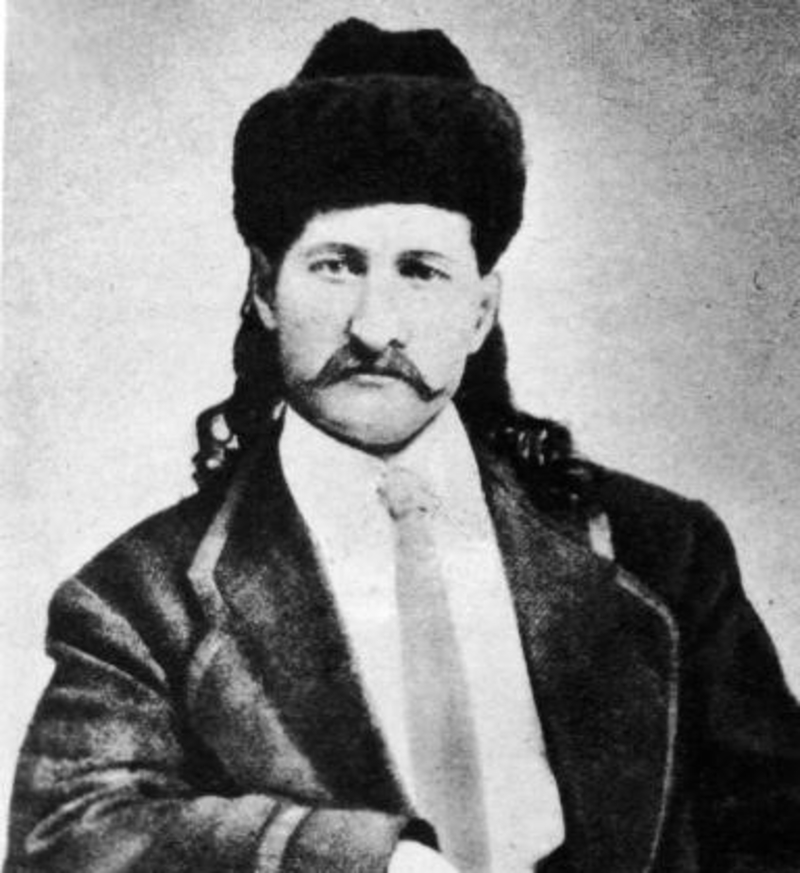
With a 1 to 3 ratio, men outnumbered women creating a shortage of marriageable women and a higher demand for sex. Hygiene practices, or the lack thereof, helped spread all kinds of diseases like tuberculosis, which they called consumption. Syphilis was the most common STD of the Old West.
Cowboys Liked Their Liquor Hard
The stronger the better. “Firewater” was a common nickname for their drink. And they made sure their booze was potent. To be certain, cowboys spit the booze in the air and ignited it, if it didn’t explode in flames, they got their money back.
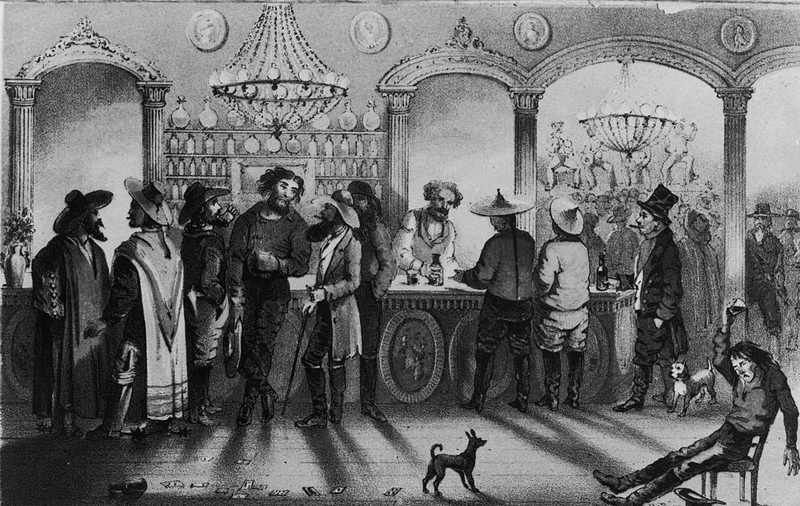
Besides straight whiskey, one beverage preferred by westerners was a cocktail of burnt sugar, alcohol, and chewing tobacco which had a very high alcohol content. Cactus wine was another popular drink. It was made by combining tequila with peyote tea. One can only imagine how wasted these people got every day getting by. But, just going by the statistics of deaths at bar fights, you can get an idea.
Food Was Plentiful Out West
Frontier folk went without clean water and basic hygiene, but there was no shortage of food. Buffalo, squirrel, rabbit and other game were shot and killed for meals. They stored stocks of dried beans, flour, sugar and oats. Foods like meat and fruit were dried for long stints on the trails. Beans were the most common food for traveling cowboys.
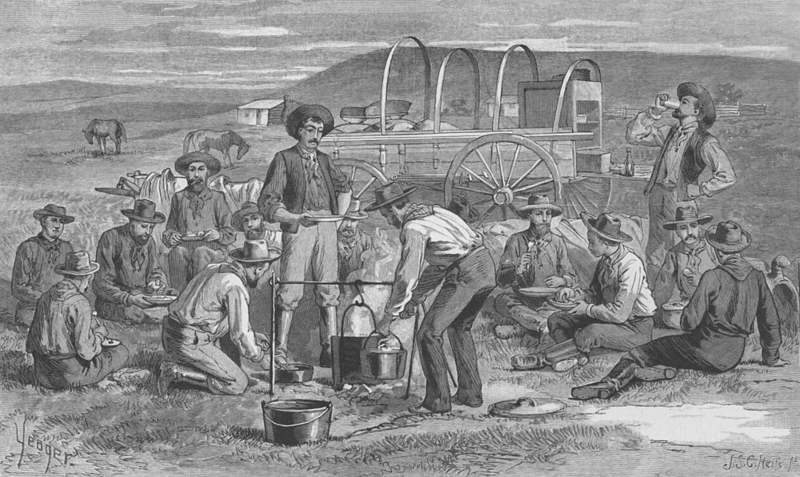
Using dutch ovens, frying pans, boiling pots, and other devices, food was cooked and served for breakfast and supper. Special treats included fruits, vegetables, and sarsaparilla. Produce like fresh corn, tomatoes, apples, and squash were devoured with abandon.
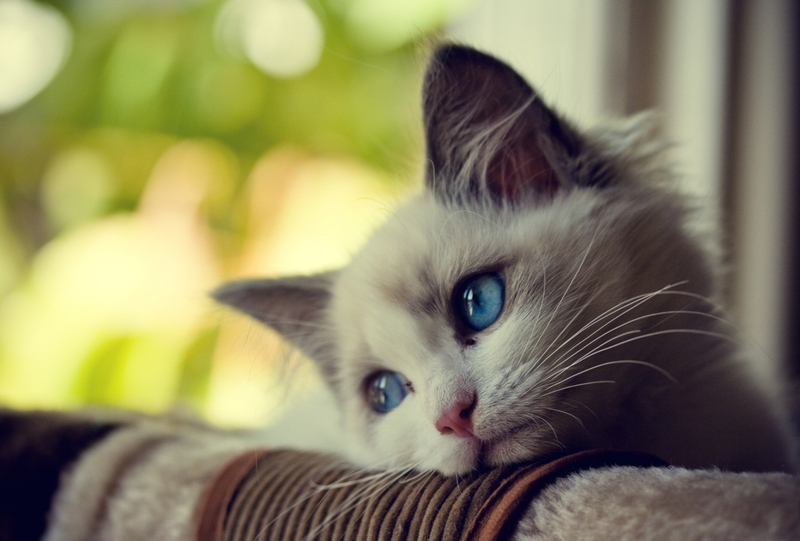
Helping Your Cat Handle Holidays

The Content Of This Note On Happiness Will Give You Joy

Eating the Same Breakfast Every Day Might Benefit You

Real Life Optical Illusions Your Brain Will Trip Out On

Things We Are All About to Stop Using
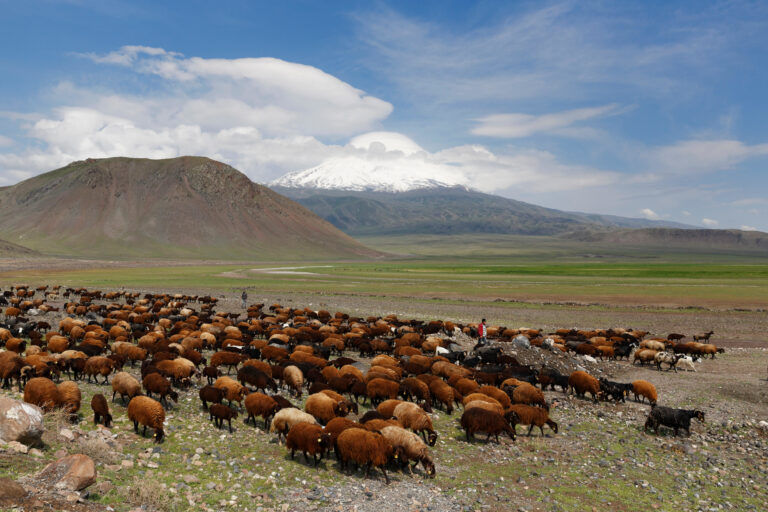
Scientists Believe That They May Have Discovered 2,000-Year-Old Remains Of Noah’s Ark

These Useful WD-40 Hacks Will Have You Feeling Ahead of the Game
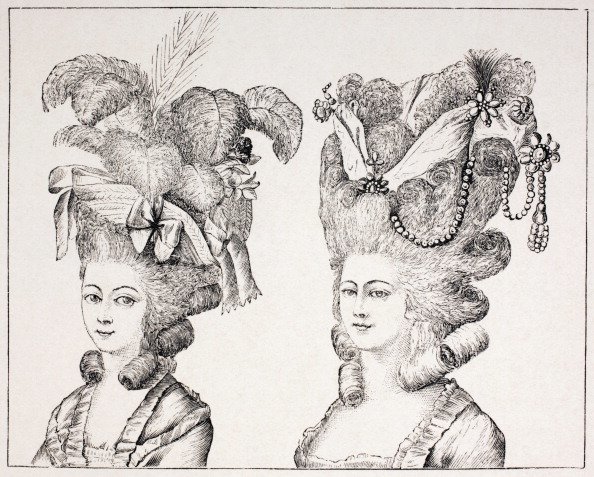
Vintage Hygiene Tips That Are Actually Real

Crazy Inventions You Need to See to Believe
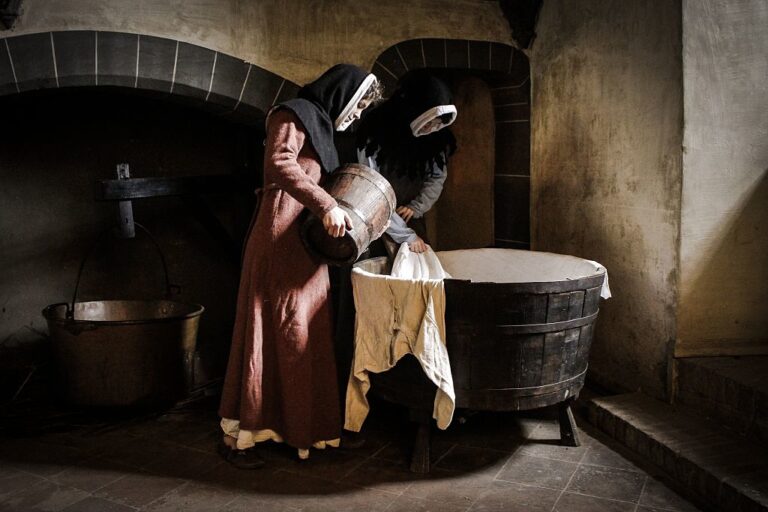
Personal Hygiene in Medieval Times

